 Abraham Lincoln
If given the truth, the people can be depended upon to meet any national crisis...
Abraham Lincoln
If given the truth, the people can be depended upon to meet any national crisis...
 Guildford news...
for Guildford people, brought to you by Guildford reporters - Guildford's own news service
Guildford news...
for Guildford people, brought to you by Guildford reporters - Guildford's own news service
Birdwatcher’s Diary No.189
Published on: 19 Jun, 2019
Updated on: 19 Jun, 2019
By Malcolm Fincham
In contrast to last year, June 2019 continued to bring an unsettled and somewhat cool theme to the weather.
A window of opportunity on June 2 presented itself, and once again in the company of good friends Bob and Dougal we ventured on a pre-arranged visit to Martin Down in west Hampshire.
Close to the borders of Dorset, Martin Down Nature Reserve is 350 hectares of unspoiled, undulating chalk downland renown for its wild flowers, rare insects, and abundance of bird song in surroundings that haven’t changed in 2,000 years.
Confessing to having never visited this area before, I was most impressed with some of the “secrets” it gave up during our time there. I was immediately impressed and enlightened by the sound of skylarks, and the abundant amount of general birdsong across its surrounding downland.
Although out-sung by the skylarks, the “key-jangling” sounds of corn buntings could also be heard close by. Picking them out perched on hawthorn bushes posing for pictures as we walked one of the main tracks through the grassland.
Yellowhammers, also members of the “bunting” family, were also a common sighting there.
Turtle doves, Europe’s only long distance migratory dove, were still present. Although mostly elusive during our visit, at least one could be heard “purring”.
Now a rarity in the UK, turtle doves have declined by an alarming 91% in the last 10 years, due largely to the loss of suitable habitat. It was the first I had witnessed since our visit to Otmoor, Oxfordshire, over a year ago.
Linnets constantly chattered in the bushes, often seen taking flight as we inadvertently flushed them out as they fed close by.
I was also surprised when we heard and got a brief view of a yellow wagtail as it flew overhead.
Our interests didn’t just rest with the avian species. Butterflies were in good population there.
The first of what I hope to be many of our most common UK butterfly, the meadow brown, could be found.
Small heath butterflies, already viewed at various locations on our travels in Surrey, could also be found.
As well as several small copper butterflies.
Being south facing chalk downlands, it is also renown for adonis blue butterflies.
As well as our smallest UK butterfly, the small blue.
Common blues also added colour to the mixture.
The “jewel in the crown” had to be one of just a few marsh fritillary butterflies, still out on the wing.
A few interesting daytime flying moths could also be found.
These included a chimney sweeper moth, a species I hadn’t previously encountered.
As well as several Mother Shipton moths.
Having only recently becoming further interested in surrounding flora, I took a few photos of the more interesting ones in the hope of identifying them later that day.
These included what I reckoned to be a butterfly orchid, (though lesser or greater I couldn’t be certain).
I was also attracted to a numerous and rather delicate looking plant that I later confirmed to be dropwort.
We also found an unusual species of beetle, almost treading on it, along the path. A bloody nose beetle, so-named because when threatened it oozes a red liquid from its face. This ‘blood’ is distasteful and scares-off would-be predators.
Brown-tail moth caterpillars are native to mainland Europe and are believed to have accidentally arrived in Britain in 2005 via Dutch trees imported from the continent. They have become common on the South Coast, Wales and some coastal regions further north.
It is advised not to touch the caterpillars as their hairs, which readily break off, contain a toxin which can remain active for up to five years after being shed.
During the week that followed the weather became cool and changeable. Though the rain was much appreciated by gardeners, it hampered my opportunities of getting out and about with my camera. On the occasions I did, I was pleased that I had made an effort.
Even in my own back garden a hedgehog came to visit on several evenings.
And a stag beetle made an appearance one evening during the first week of the month.
Elsewhere, I was able to catch up on reports of a grasshopper warbler, “reeling” its song at in a location near Guildford.
To be “reeling” this time of the year suggested to me it may have already raised a brood?
Highlights of my local trips included a nightjar I picked out perched in a pine.
A fox as it crossed my path, making haste, became aware of my presence.
Highlights at the Riverside Nature Reserve included:
A mallard duck, performing her yoga exercises.
Pied wagtails with fledglings close to the area where the grey wagtails had bred.
Along the boardwalk, an adult male reed bunting could be seen and heard singing in the nearby sallows.
While by the lakeside was a young reed bunting, now fledged from its nest, but still under the care of one of its parents.
Sedge warbler fledglings had already begun to appear, still being fed by their parents.
Adding to my sightings was a coot with chicks on Stoke Lake.
A common tern circled the lake several times, before moving on.
An evening walk along the River Wey towpath near Godalming, on a bright and sunny evening, gave me the opportunity of photographing a pair of mandarin ducks. As I approached they took flight from the water across the field on the other side of the river.
Eventually I relocated them with my camera, focusing it on them perched up in a tree.
And as the light began to fade a stag roe deer came out of hiding to graze.
Some fortune came our way by the following weekend, on Sunday June 9. Another break in the weather allowed us a dry day for a pre-arranged trip to a few of the coastal areas of West Sussex. With companions Bob and Dougal, we first visited Pagham RSPB, West Sussex. It was an unusually quiet day there in respect of birdlife, with just a few black-tailed godwits and shelducks noted on Sidlesham Ferry Pool.
We were alerted, however, to the familiar sound of a lesser whitethroat singing. Although having already seen more than our fair share in Surrey already this year, it is always a treat to see this usually elusive bird. And a delight to watch, as it sang out in the open.
Moving on down to Church Norton enabled us to add a few more sightings to our “day-lists”. Across the water towards the fenced-off area where terns breed, plenty of activity could be viewed.
Occasionally sandwich terns could be seen coming back from the sea carrying in their beaks fish and sand eels for their young.
From time to time a little tern or a common tern could be seen over the water.
Also nesting among the terns was a colony of black-headed gulls, one looking to be carrying nesting material as it flew by.
In recent years Mediterranean gulls have also begun to take up residence there.
We heard news that two spoonbills had been seen within the previous few hours on the “stilt pool” at Medmerry Nature reserve, just 10 minutes drive away. It gave us good reason for a visit. It also turned out to be most fruitful.
Having not visited there since the black-wing stilts bred there a few years ago, I was interested to see how much the area had now matured.
The area is the largest realignment of open coast ever undertaken in the UK. Most of the work was completed in September 2013. It is an Environment Agency flood protection scheme, created in partnership with the RSPB and forming vital new intertidal wildlife habitats. This five-minute video tells the story of its creation.
Having parked in the now quite spacious car park, I was impressed by the masses of ox-eye daisies growing there.
Recalling it to be quite a long walk to where the black-winged stilts bred, it had become a more interesting venture than I remembered.
A number of other wild flowers were also beginning to take over, including purple coloured vetch.
As at Martin Down the week before, singing skylarks were in good number there.
Also, although not getting any photos on this occasion, corn buntings could be heard, while the bright colour of the yellowhammer stood out.
There was some personal entertainment along the way as I tried to photograph a painted lady butterfly. Each time I lined it up for a photo it took flight. Finally, just getting a picture of it with wings closed.
Eventually arriving at the “stilt pool” the spoonbills were still present and surprisingly active.
Feeding together in the shallow water, I was even able to take a short video of them. https://www.youtube.com/watch?
Avocets were also present, some still brooding eggs.
A little ringed plover could also be picked out, although well camouflaged, as it settled back down into a small scrape between the pebbles.
While just across the pool, a ringed plover could be viewed in flight.
On one of the islands were a pair of oystercatchers.
Also present was a small gathering of starlings and the return walk added a common buzzard to the “day list”.
Cumulus clouds once again started to form by the evening, although not rain bearing. Having arrived home, there was just enough time to photograph my garden blackbird singing his twilight song from the rooftops, before the clouds had grown into the precipitation-bearing cumulonimbus ones, once again.
As we approached June, and with two months of rain falling in just two days in some parts of the UK, Surrey had its fair share. Temperatures remained below average, leaving me me intrigued as to what my next fortnightly report might reveal.
Responses to Birdwatcher’s Diary No.189
Leave a Comment Cancel reply
Please see our comments policy. All comments are moderated and may take time to appear. Full names, or at least initial and surname, must be given.
Click on cartoon for Dragon story: Public Asked for Views on SCC’s Proposal for Reduced Speed Limits



Recent Articles
- Final Phase of Deepcut Redevelopment Approved
- GuilFest Returns to Stoke Park with Global Names and Local Soul
- Exercise May Aid Body’s Immune Response Against Cancer, Pilot Study Finds
- Letter: How Surveys of Public Opinion Should Be Organised
- Catapult Attacks, Shoplifting and Graffiti – the ASB Problem That Ash Is Facing
- A281 Closure Expected to Continue
- Guildford’s Green Day Shows Commitment to Net Zero by 2030 Remains
- Letter: We Should All Have a Say in How Our Local Government Is Reorganised
- Dragon Review: Madam Butterfly – Grange Park Opera
- Letter: PIP Claimants Under-claim


Recent Comments
- Roger Kendall on Catapult Attacks, Shoplifting and Graffiti – the ASB Problem That Ash Is Facing
- Anthony Williams on A281 Closure Expected to Continue
- Jules Cranwell on Flashback: Council Report Accepts Juneja Case Has Caused ‘Reputational Damage’
- Tony Harrison on Letter: Reduced Speed Limits Will Save Lives
- Tony Harrison on A281 Closure Expected to Continue
- Helena Townsend on Letter: Not All PIP Claimants Need It
Search in Site
Media Gallery
Dragon Interview: Local Artist Leaves Her Mark At One of England’s Most Historic Buildings
January 21, 2023 / No Comment / Read MoreDragon Interview: Lib Dem Planning Chair: ‘Current Policy Doesn’t Work for Local People’
January 19, 2023 / No Comment / Read MoreA3 Tunnel in Guildford ‘Necessary’ for New Homes, Says Guildford’s MP
January 10, 2023 / No Comment / Read More‘Madness’ for London Road Scheme to Go Ahead Against ‘Huge Opposition’, Says SCC Leader
January 6, 2023 / No Comment / Read MoreCouncillor’s Son Starts Campaign for More Consultation on North Street Plan
December 30, 2022 / No Comment / Read MoreCounty Council Climbs Down Over London Road Works – Further ‘Engagement’ Period Announced
December 14, 2022 / No Comment / Read MoreDragon Interview: GBC Reaction to the Government’s Expected Decision to Relax Housing Targets
December 7, 2022 / No Comment / Read MoreHow Can Our Town Centre Businesses Recover? Watch the Shop Front Debate
May 18, 2020 / No Comment / Read More



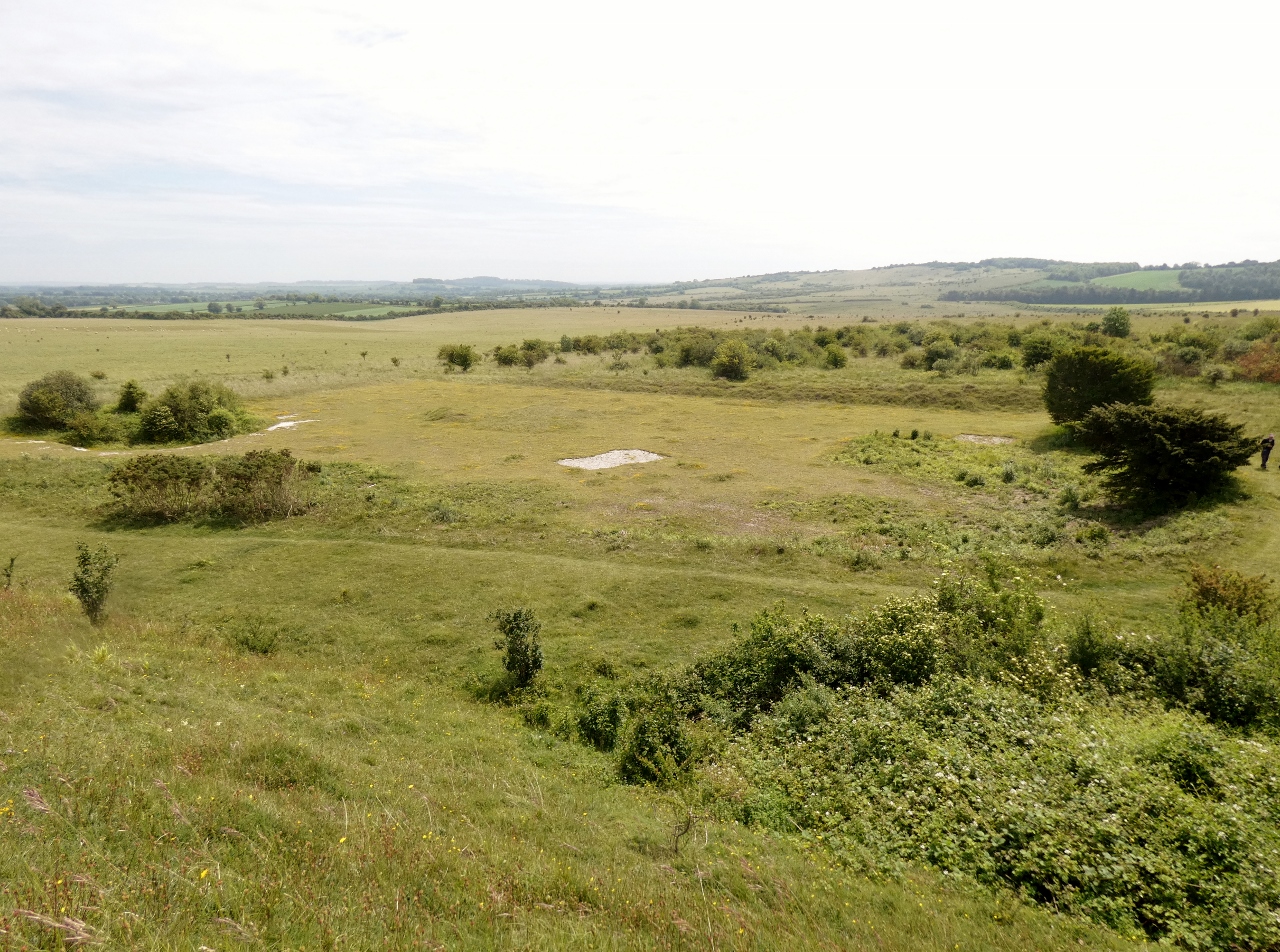
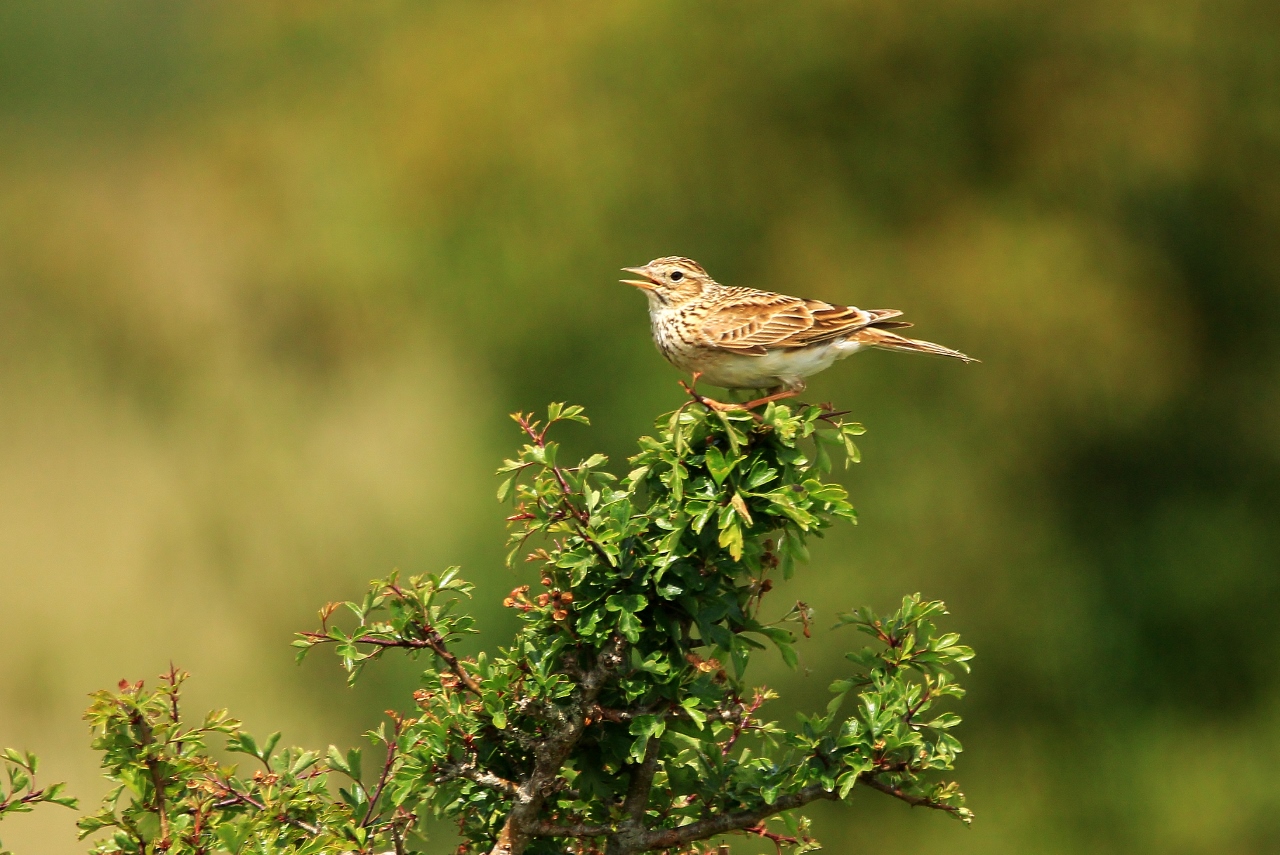


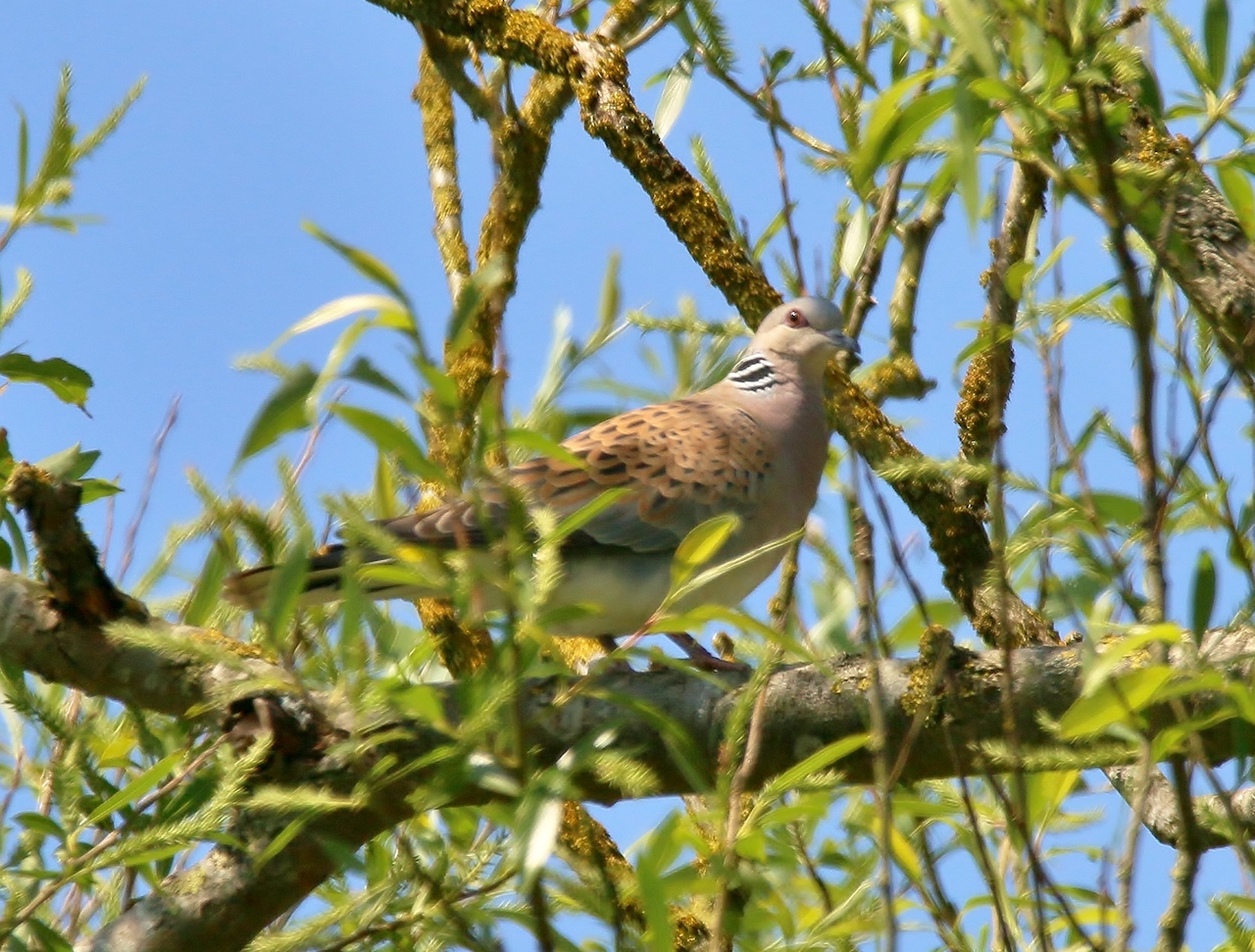
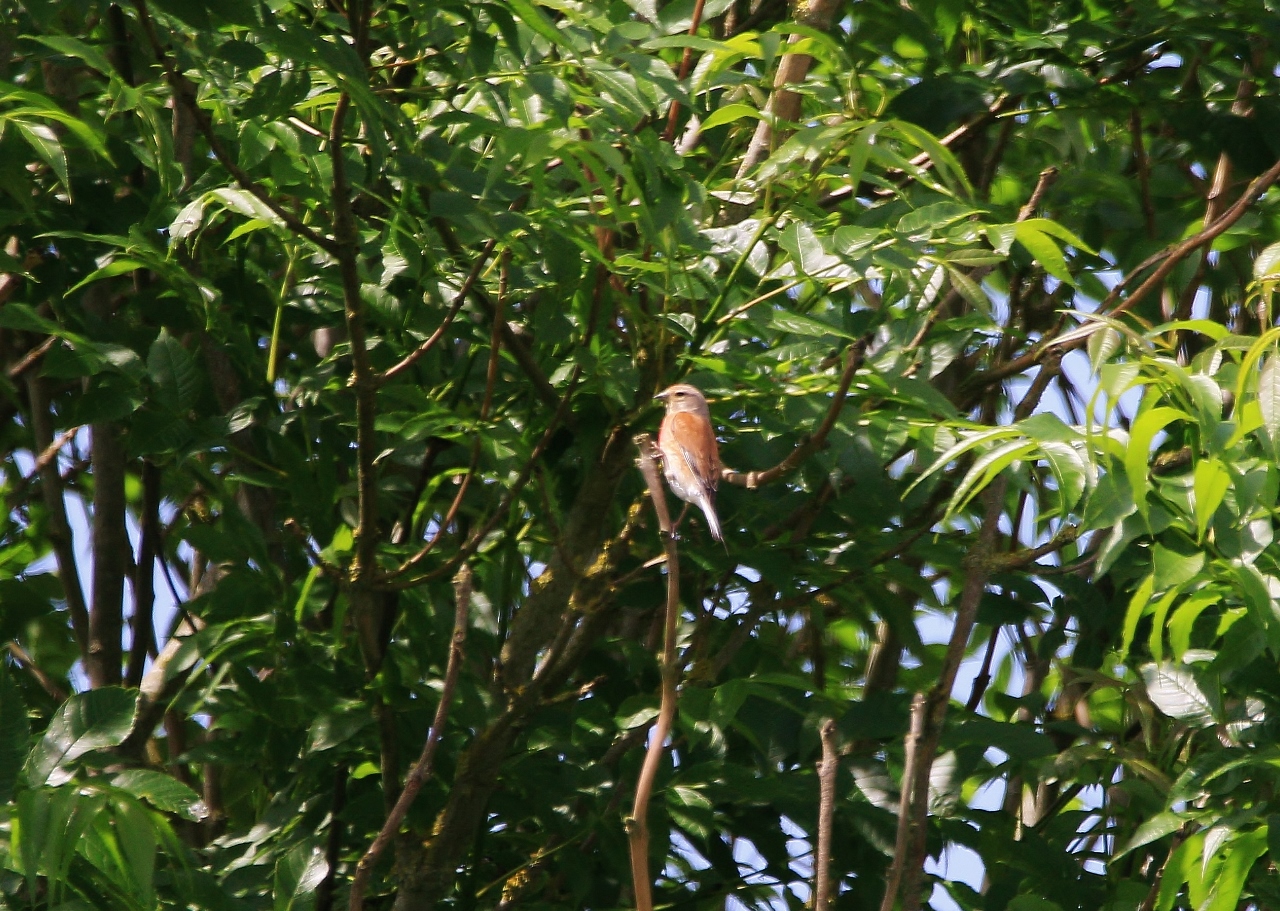
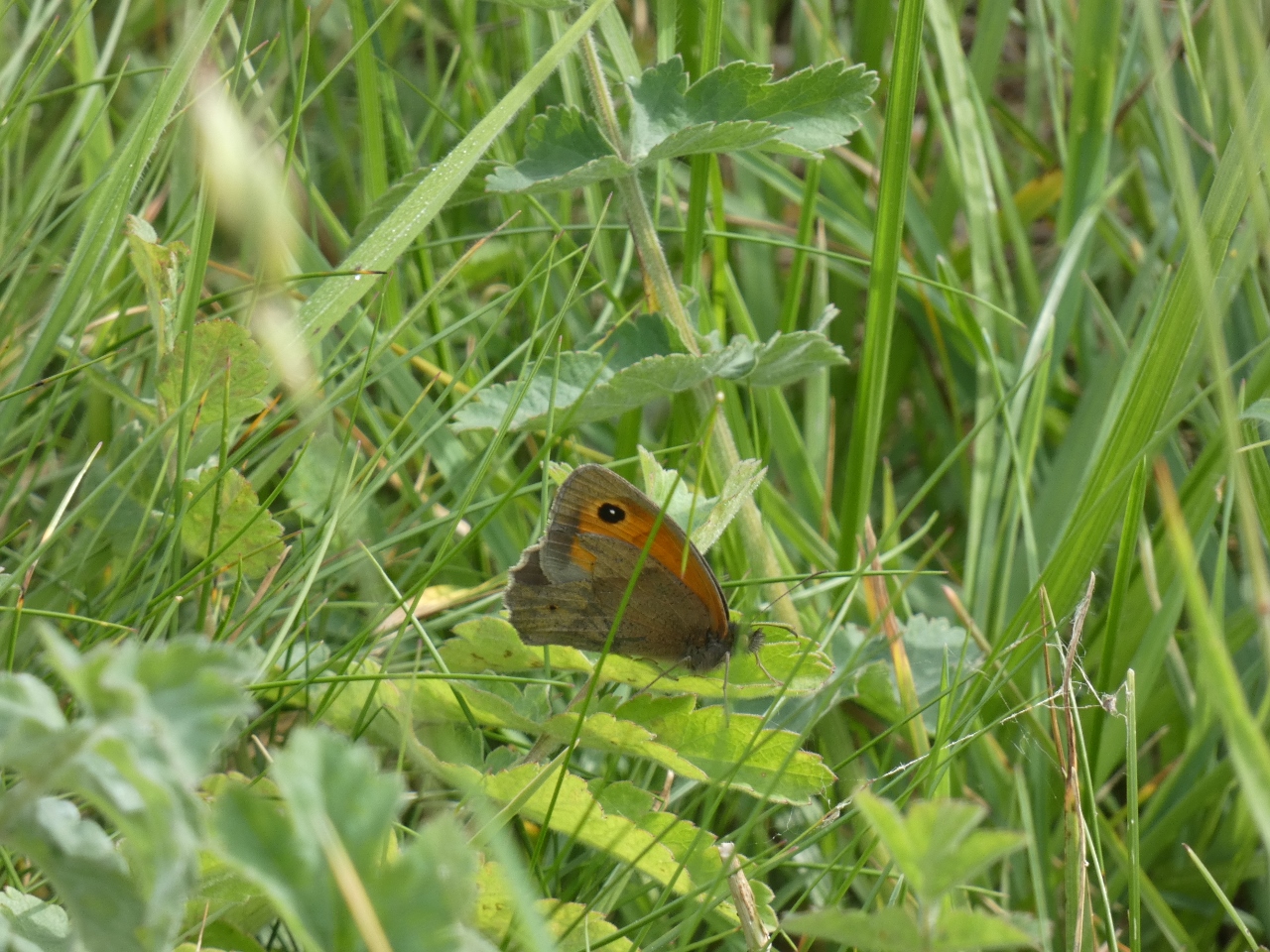
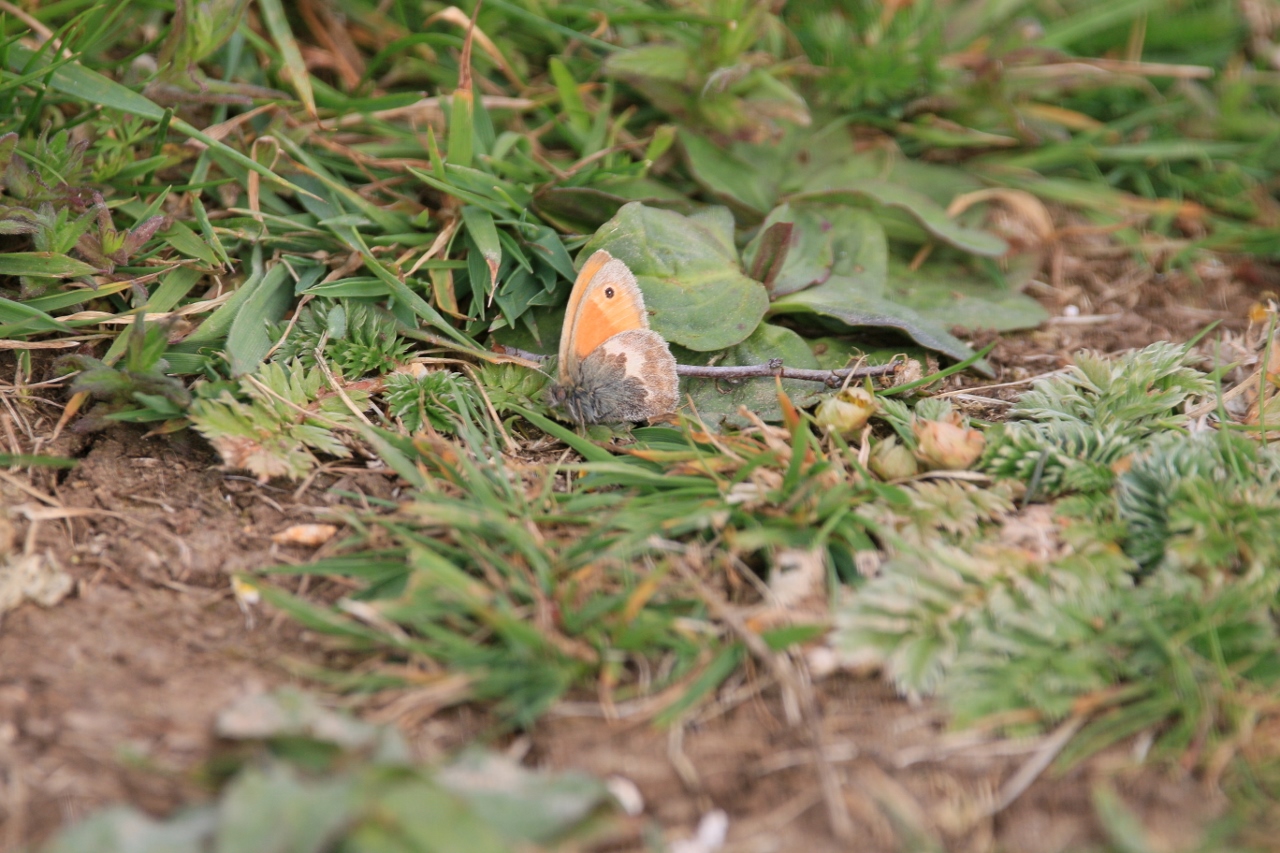
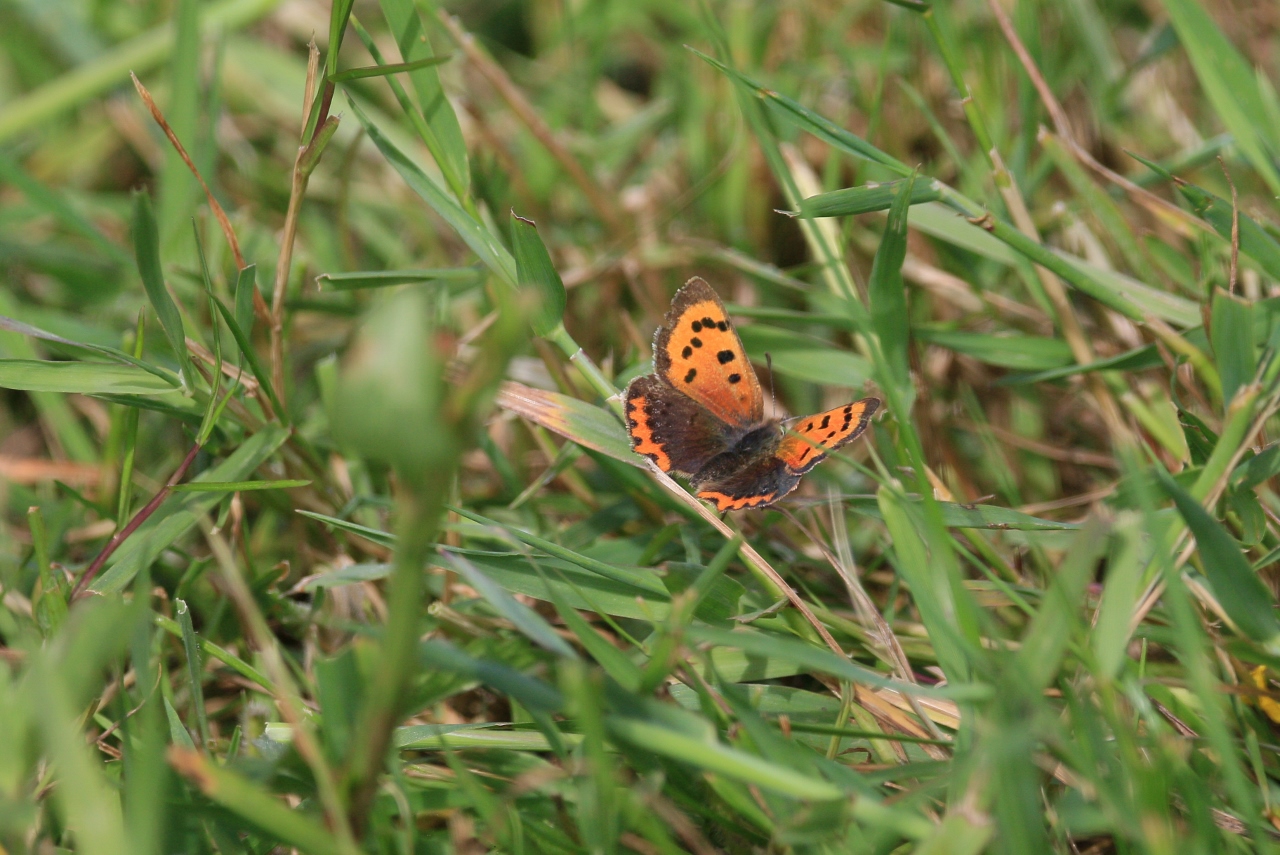
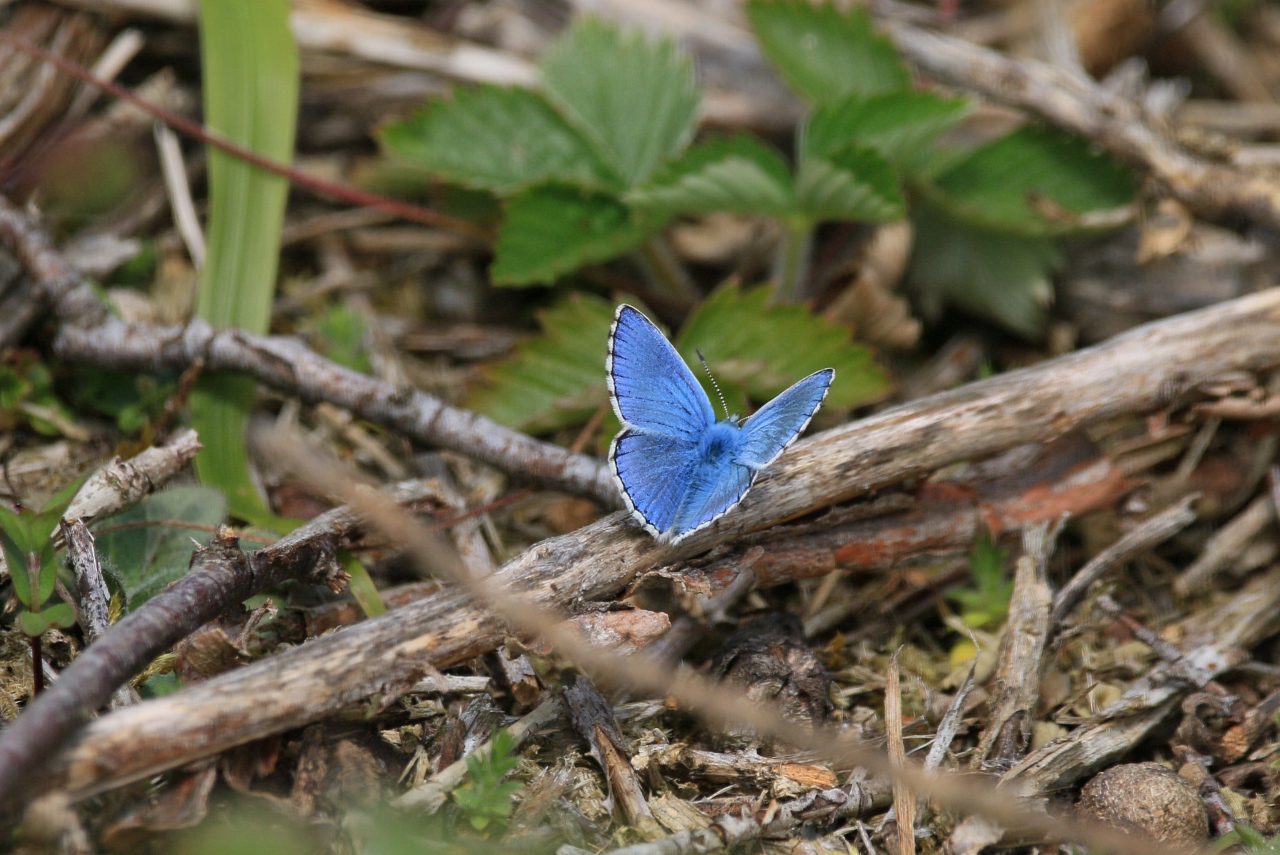
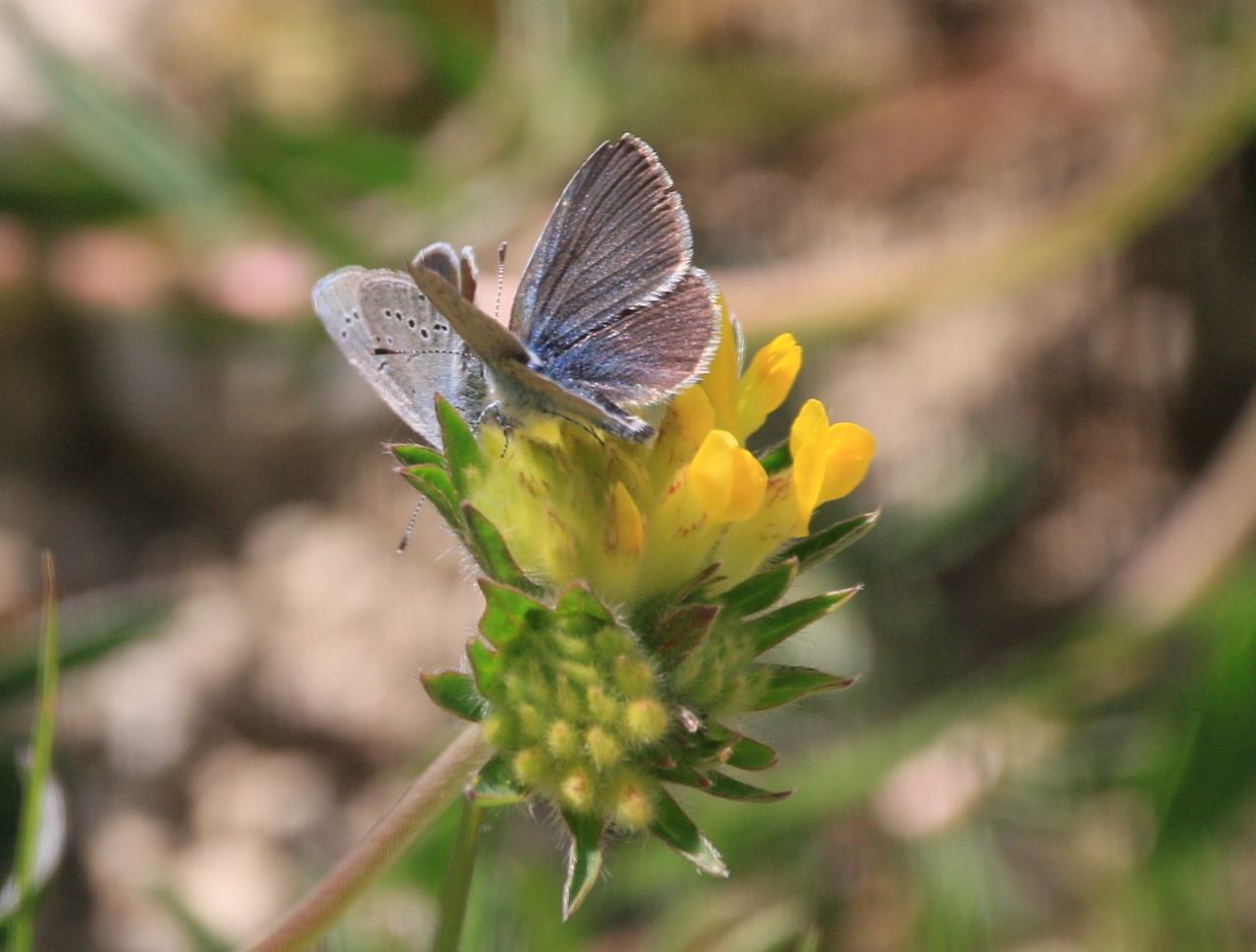
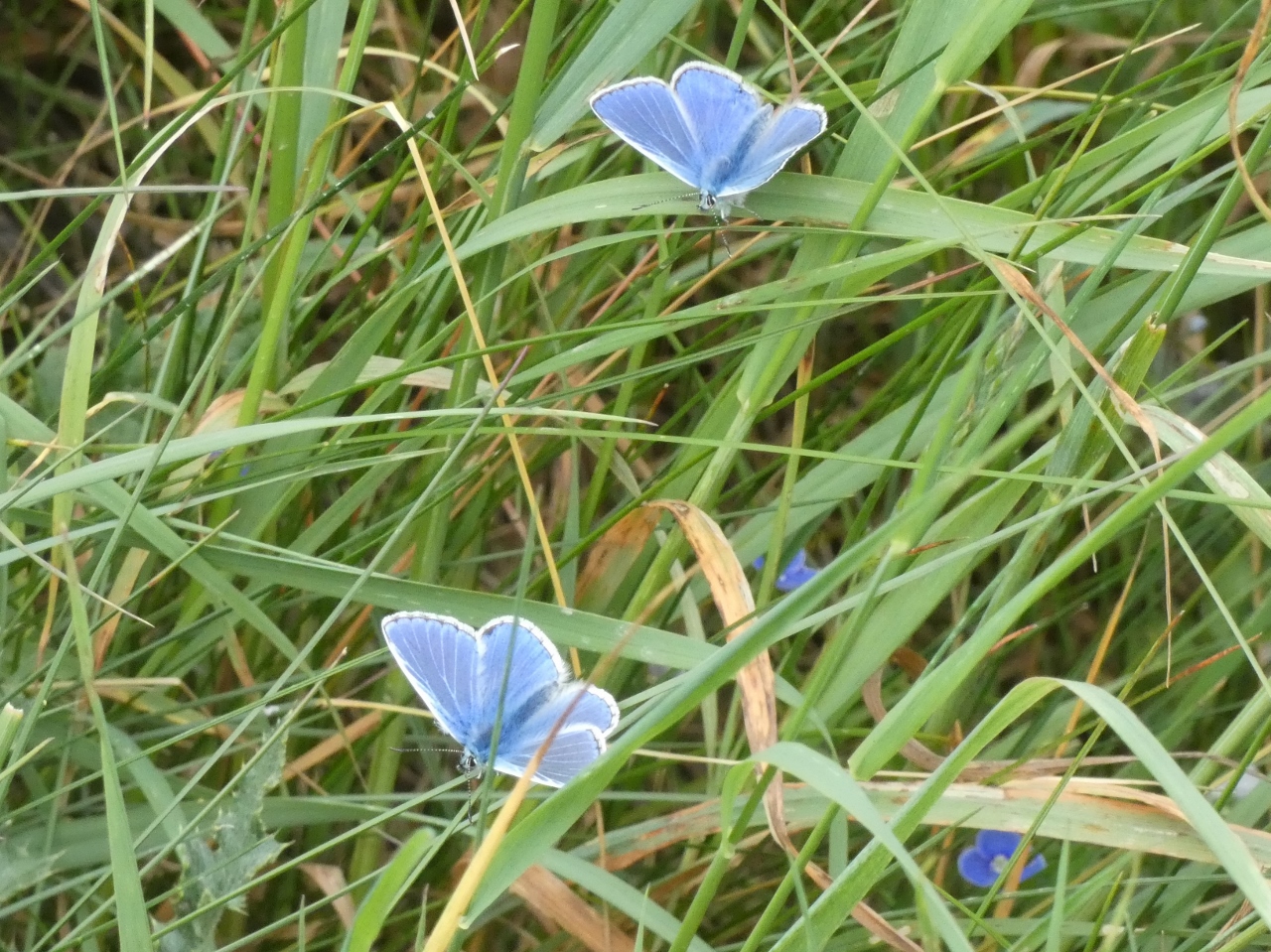


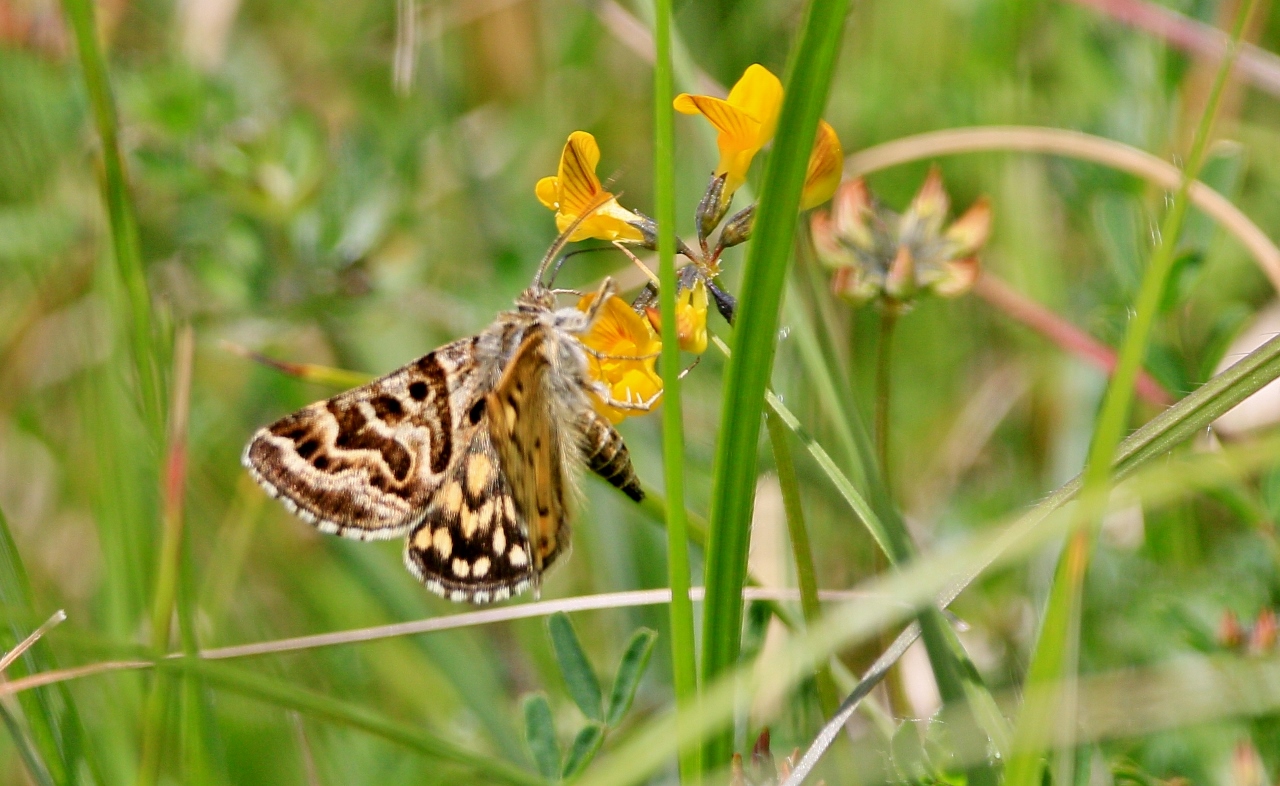
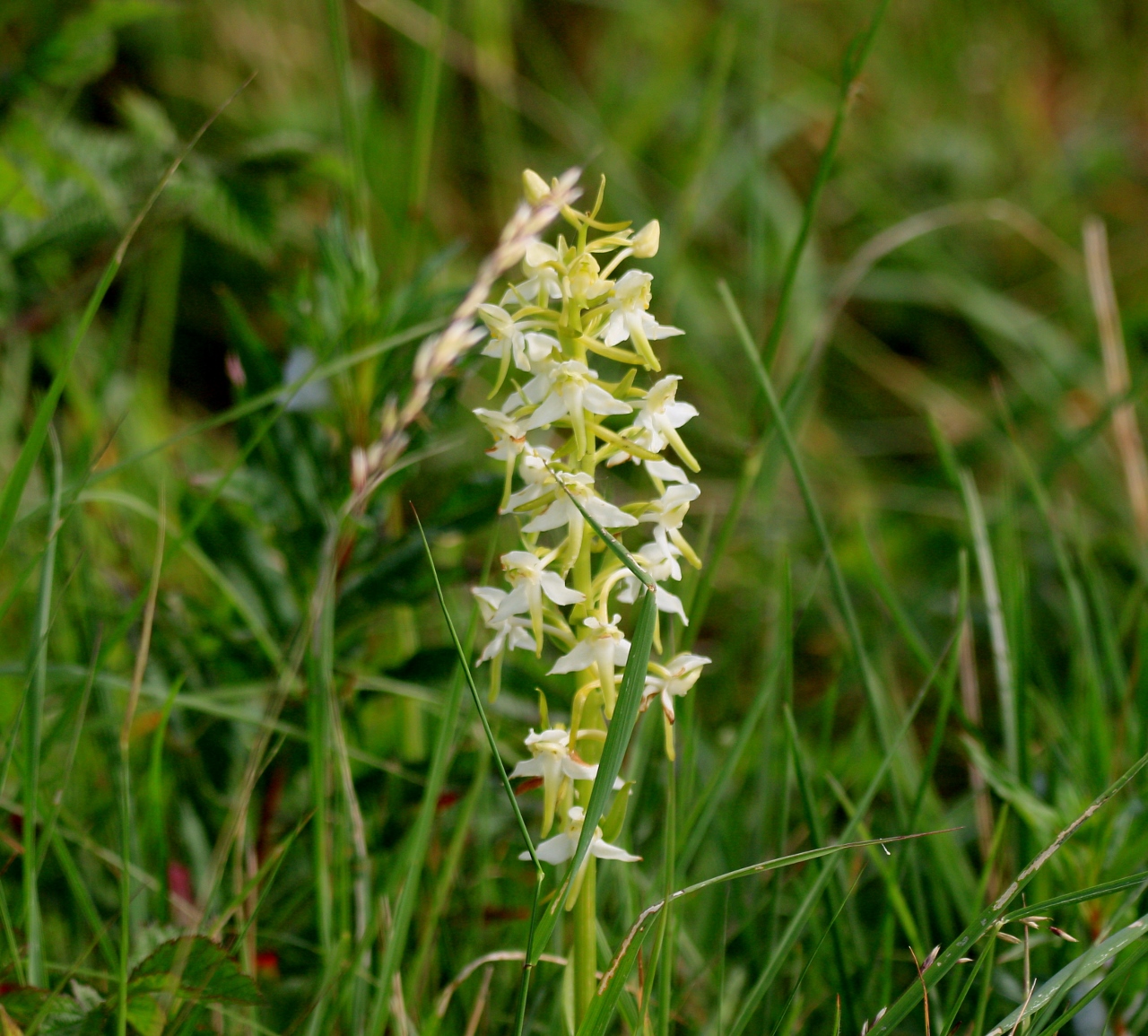

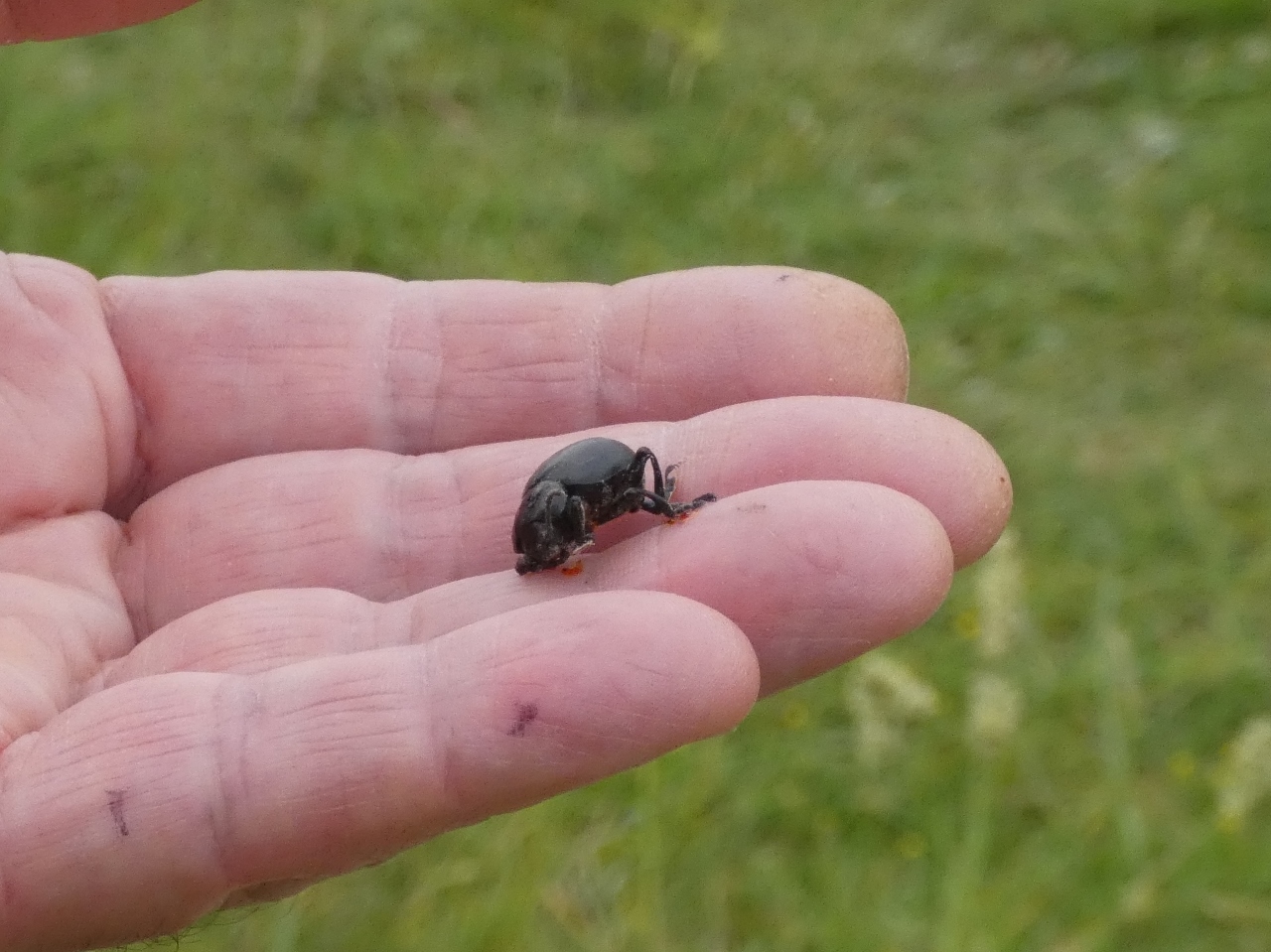
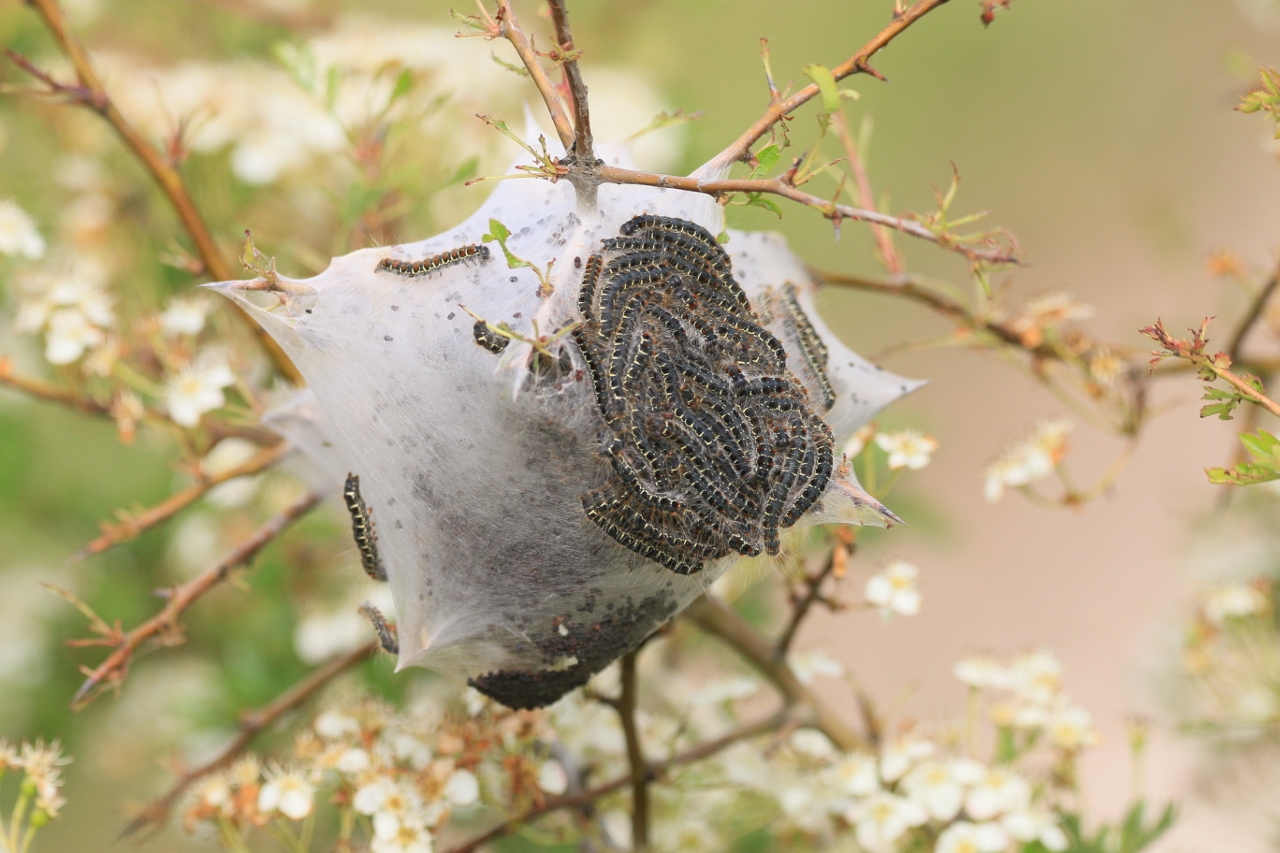
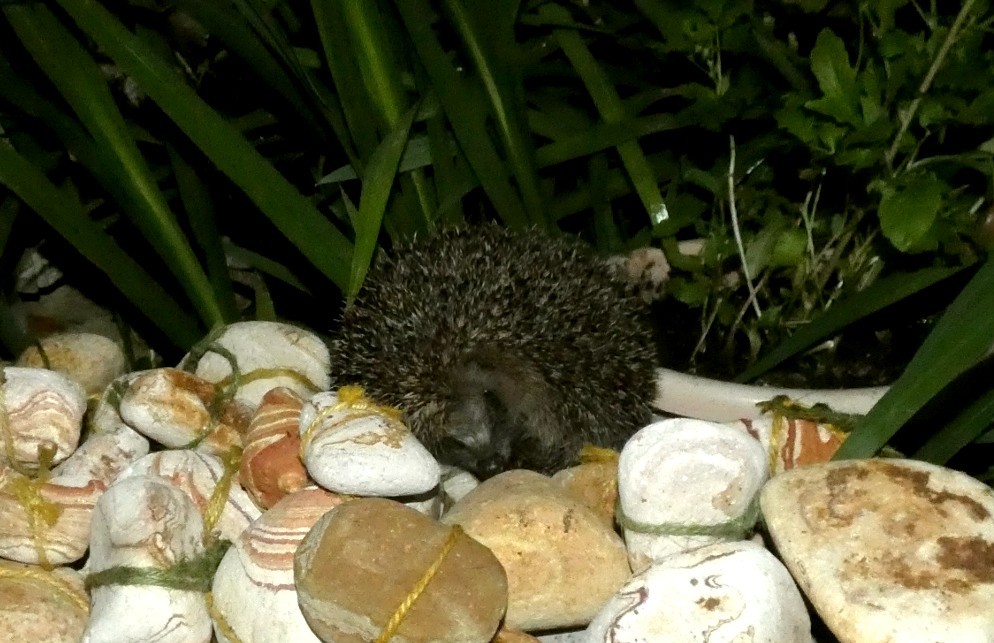


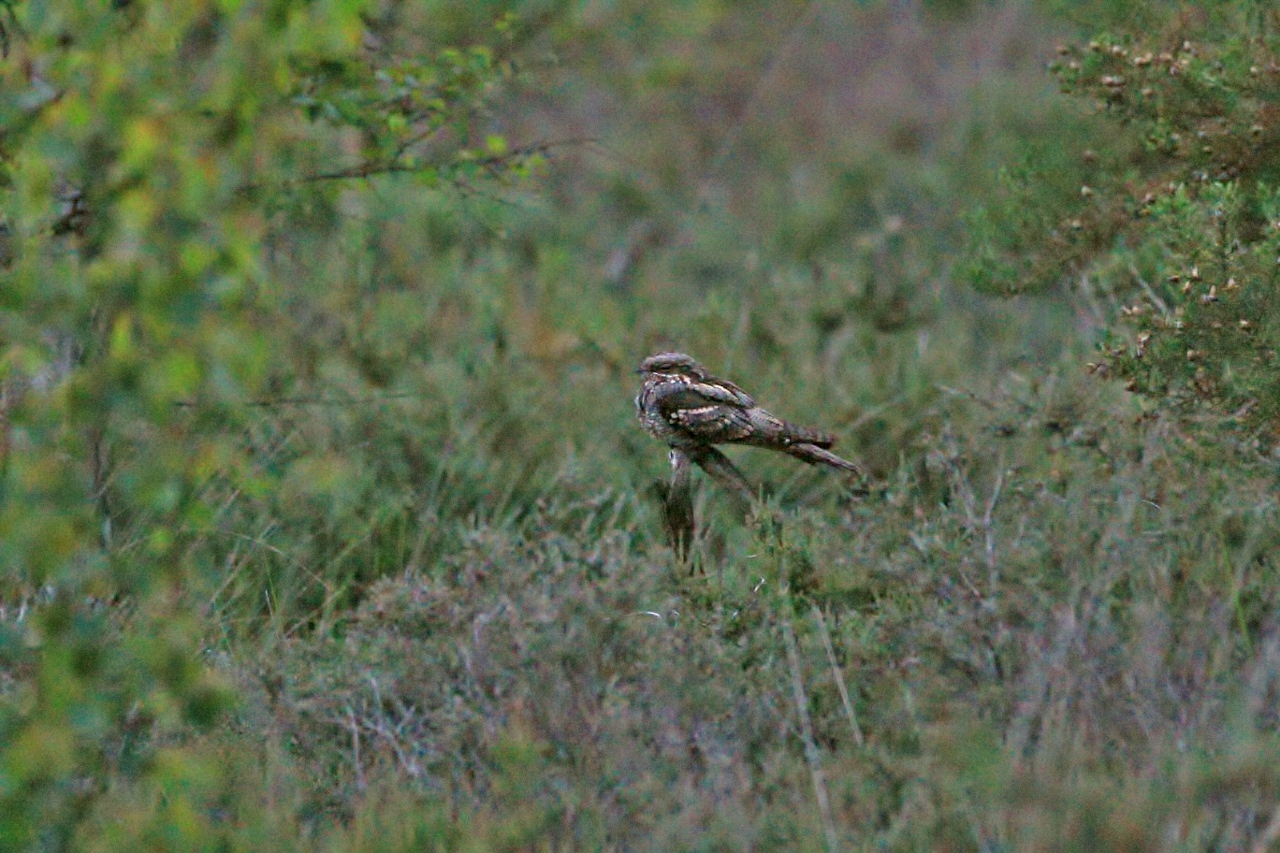
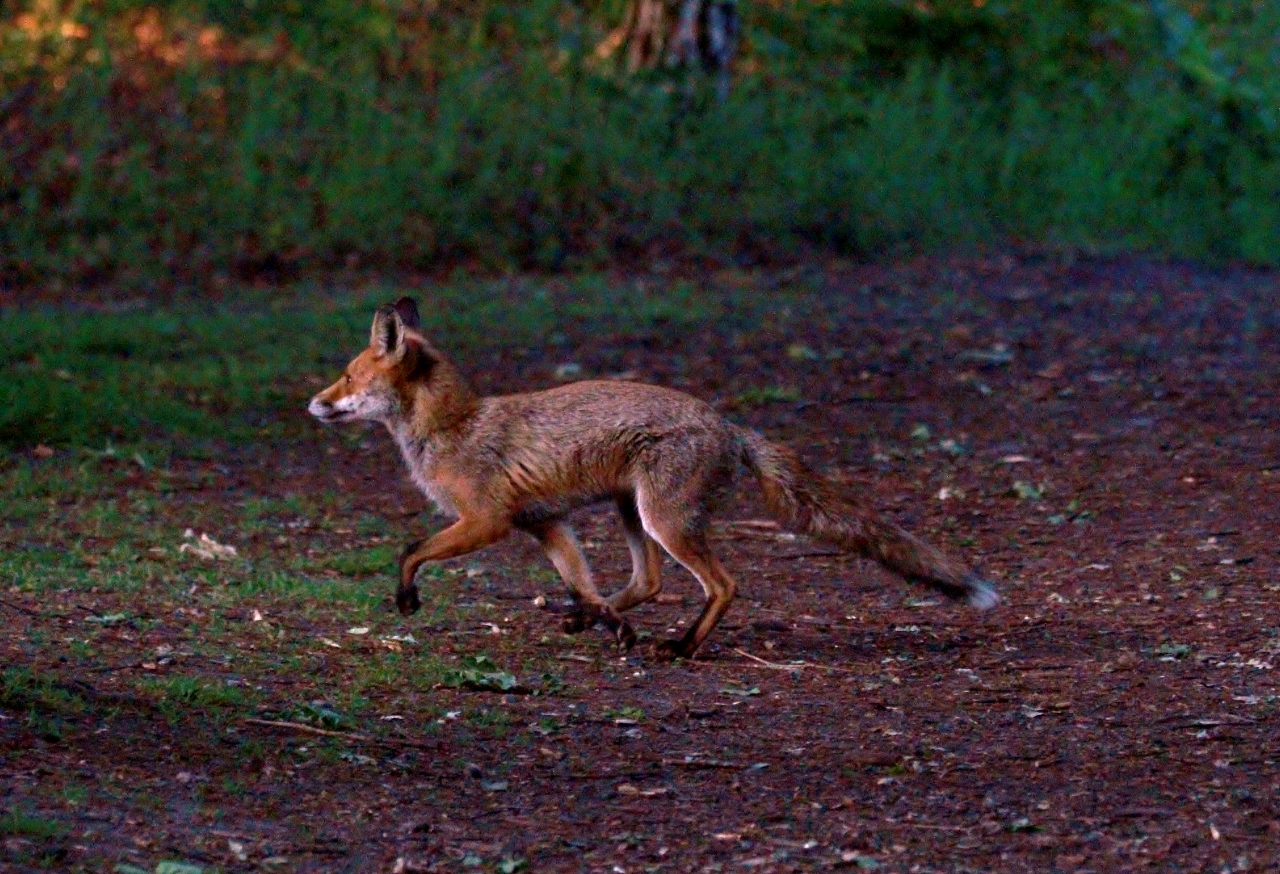
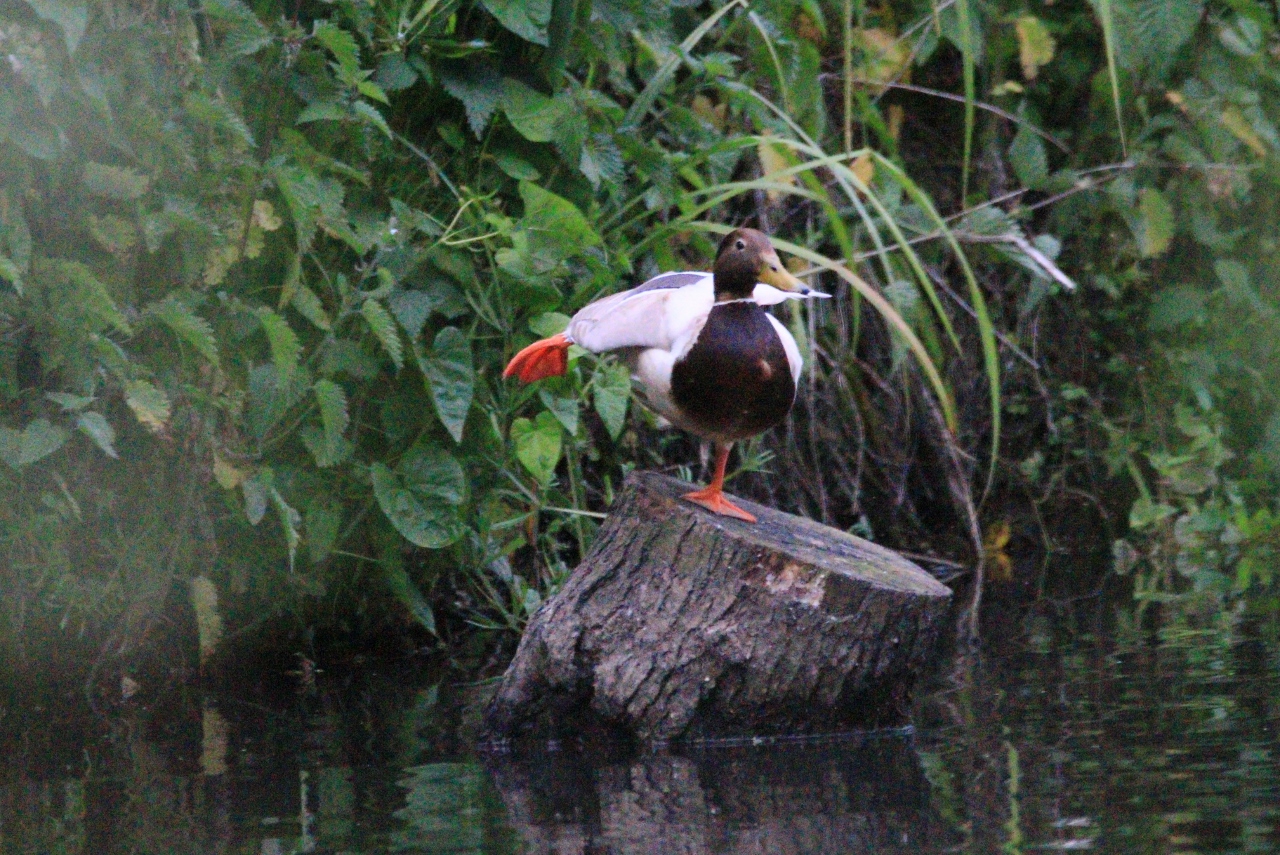
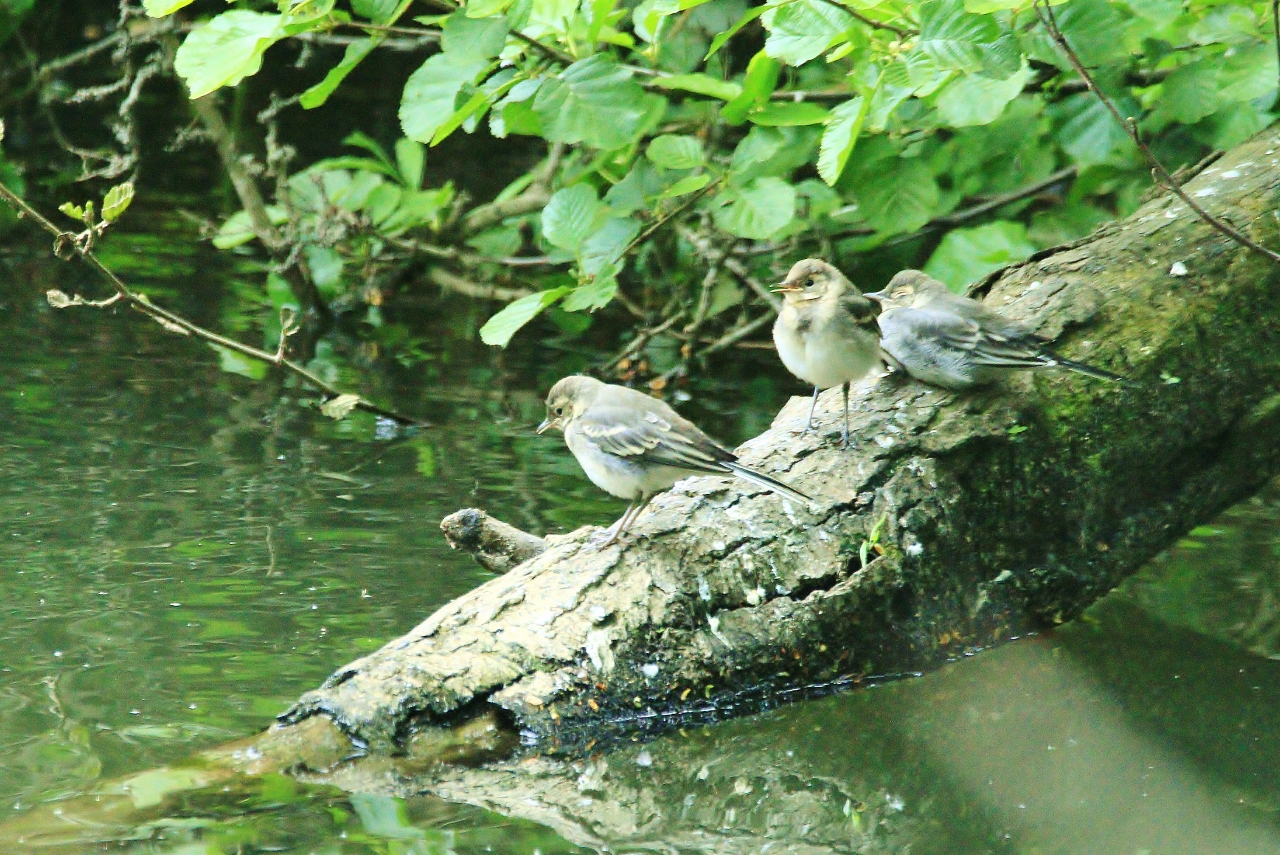

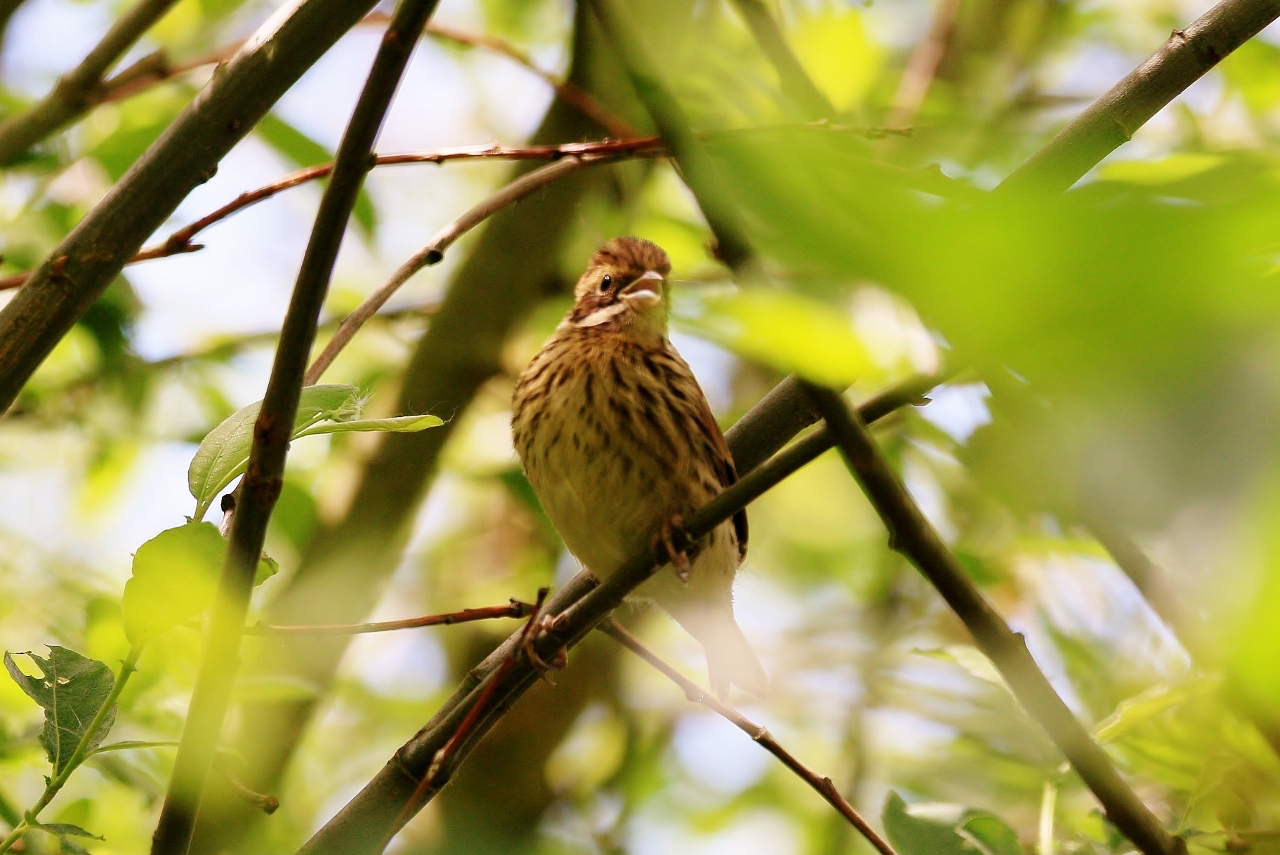
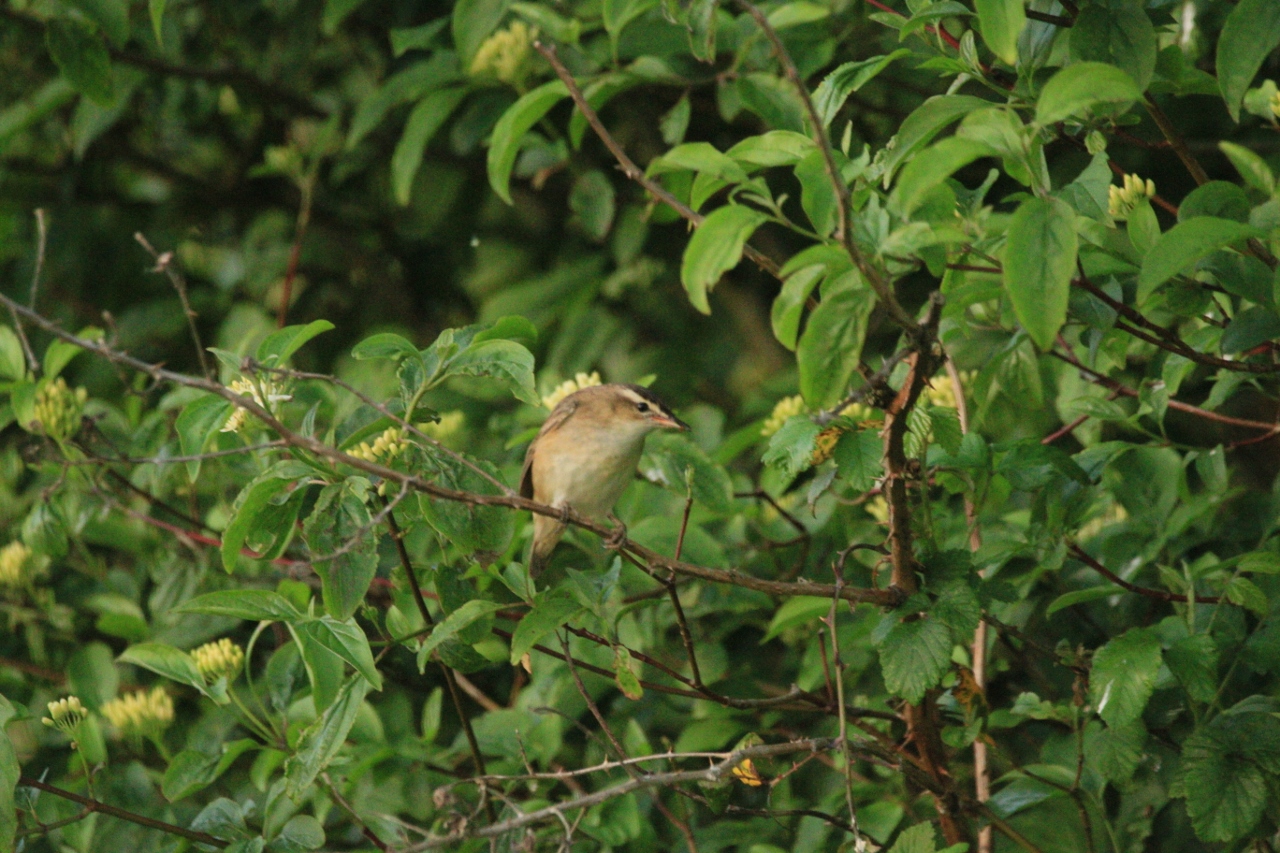
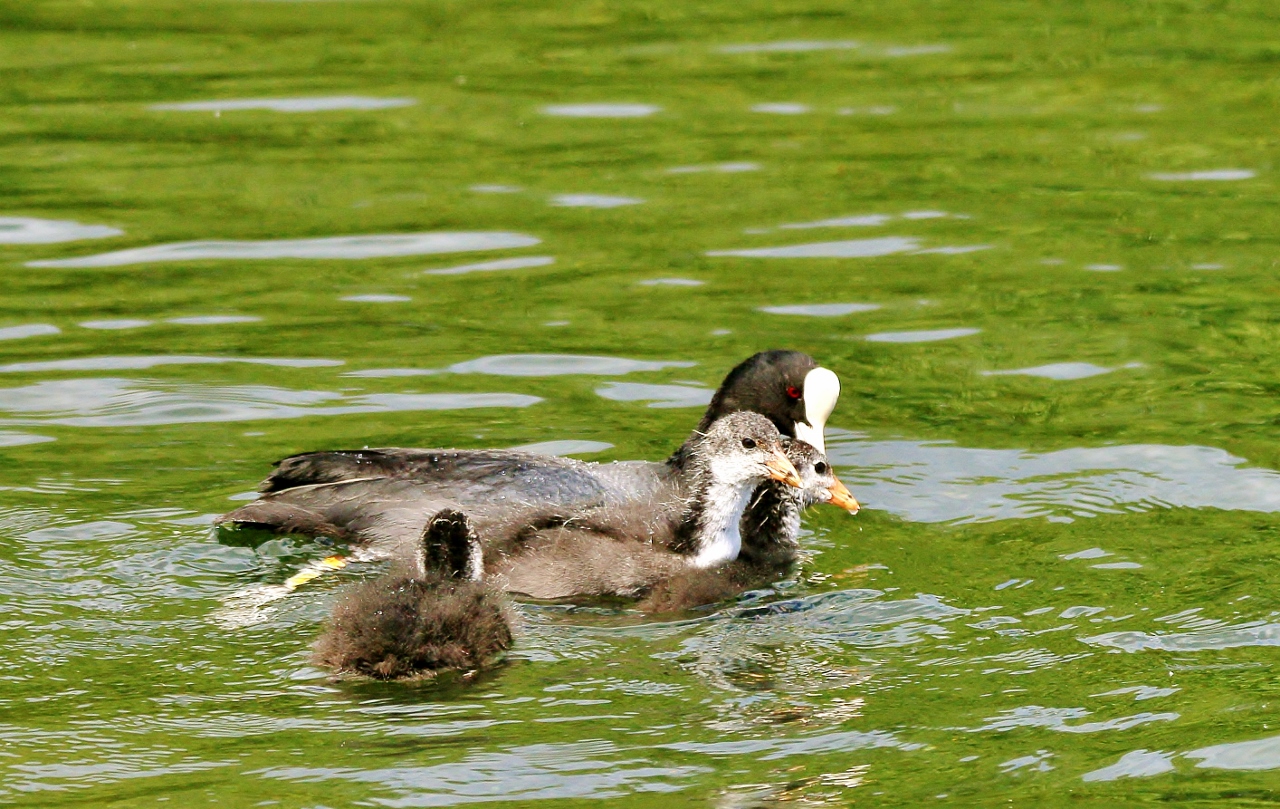
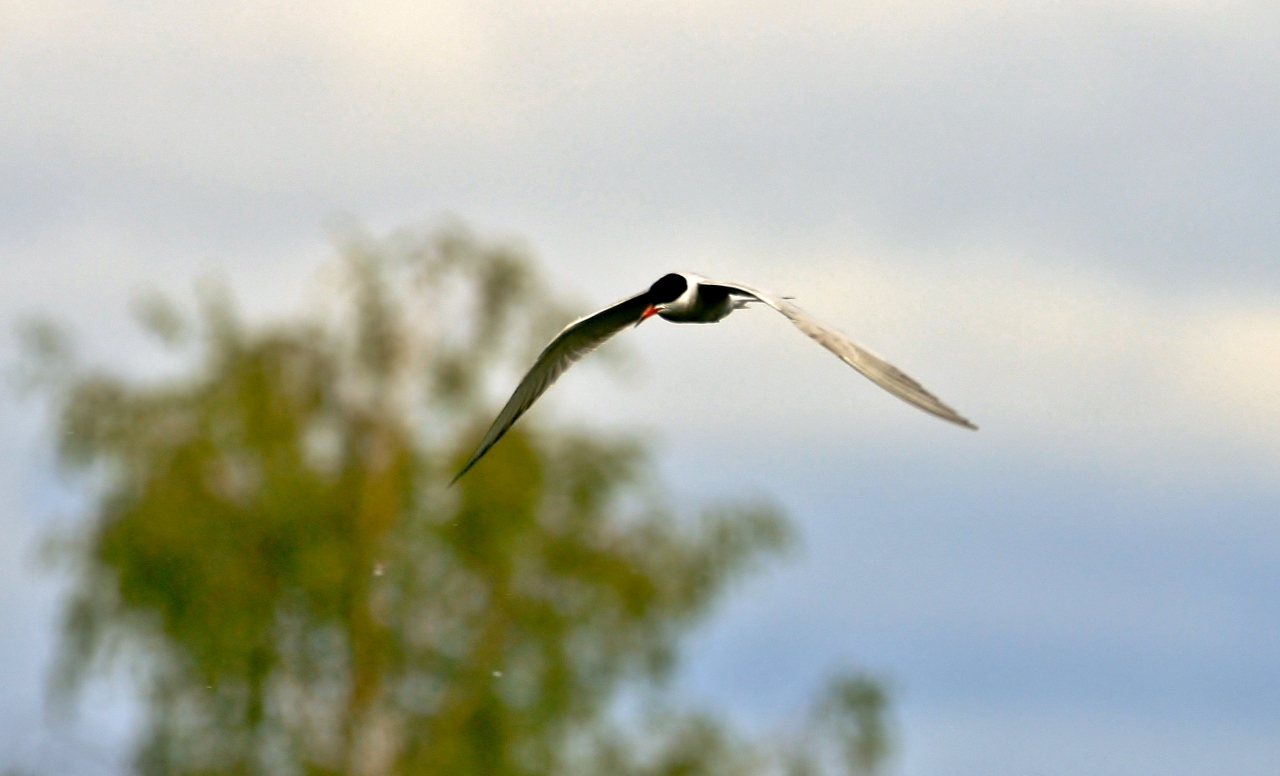
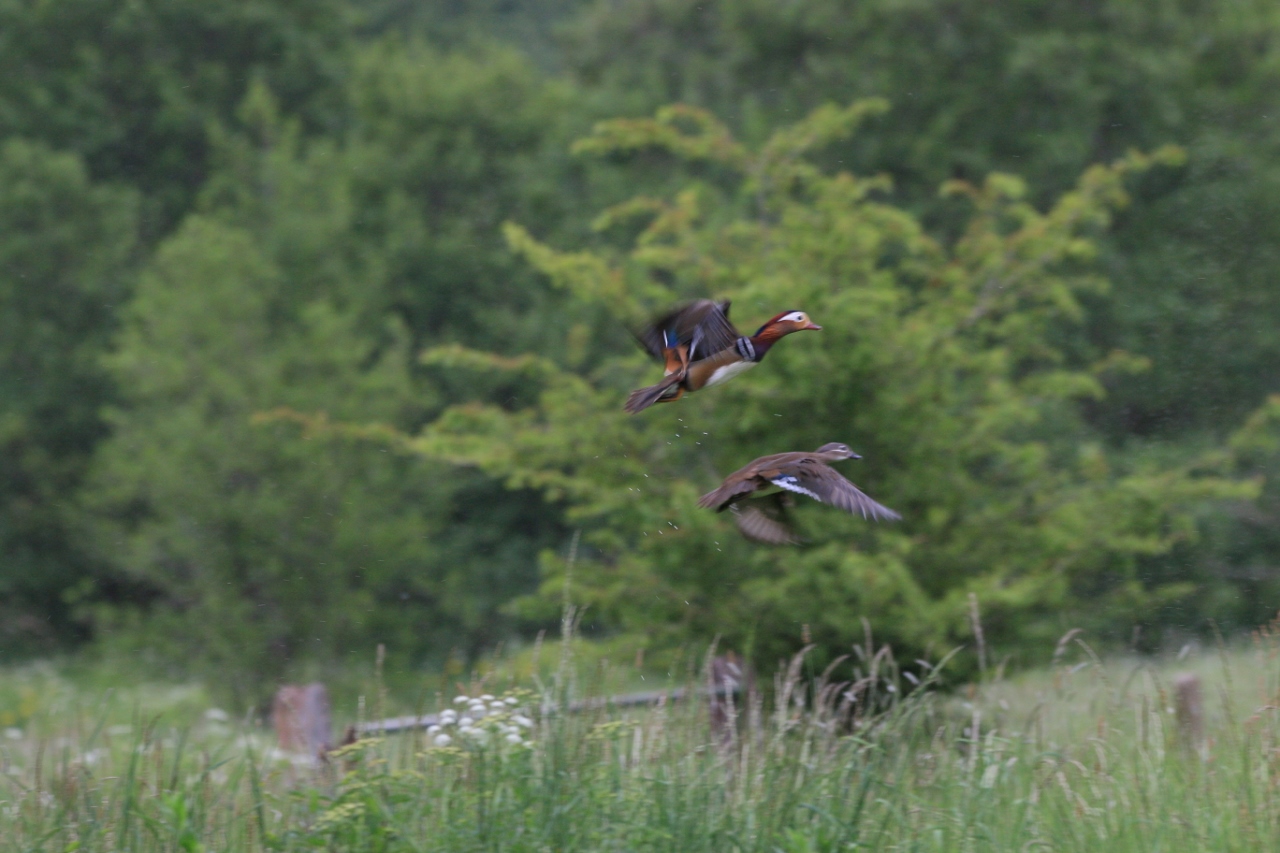
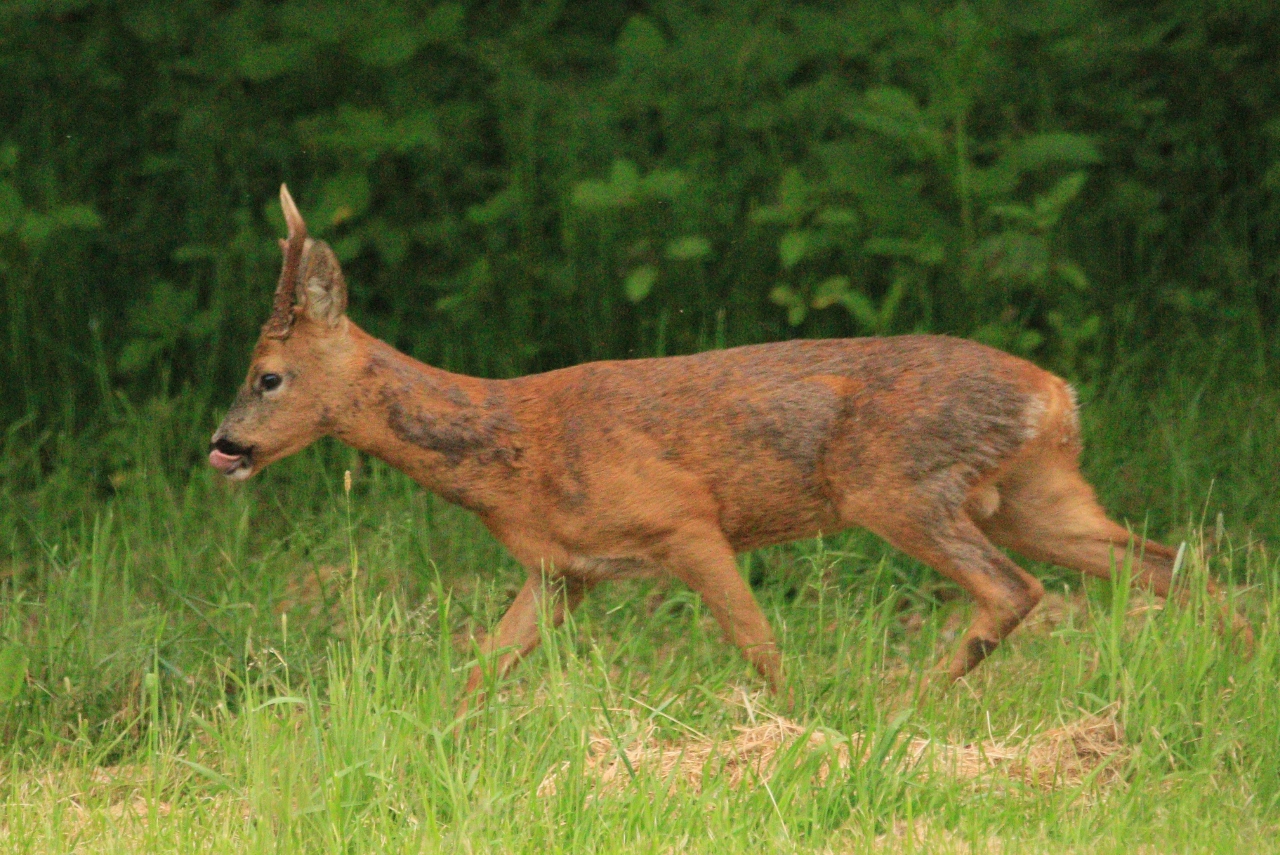
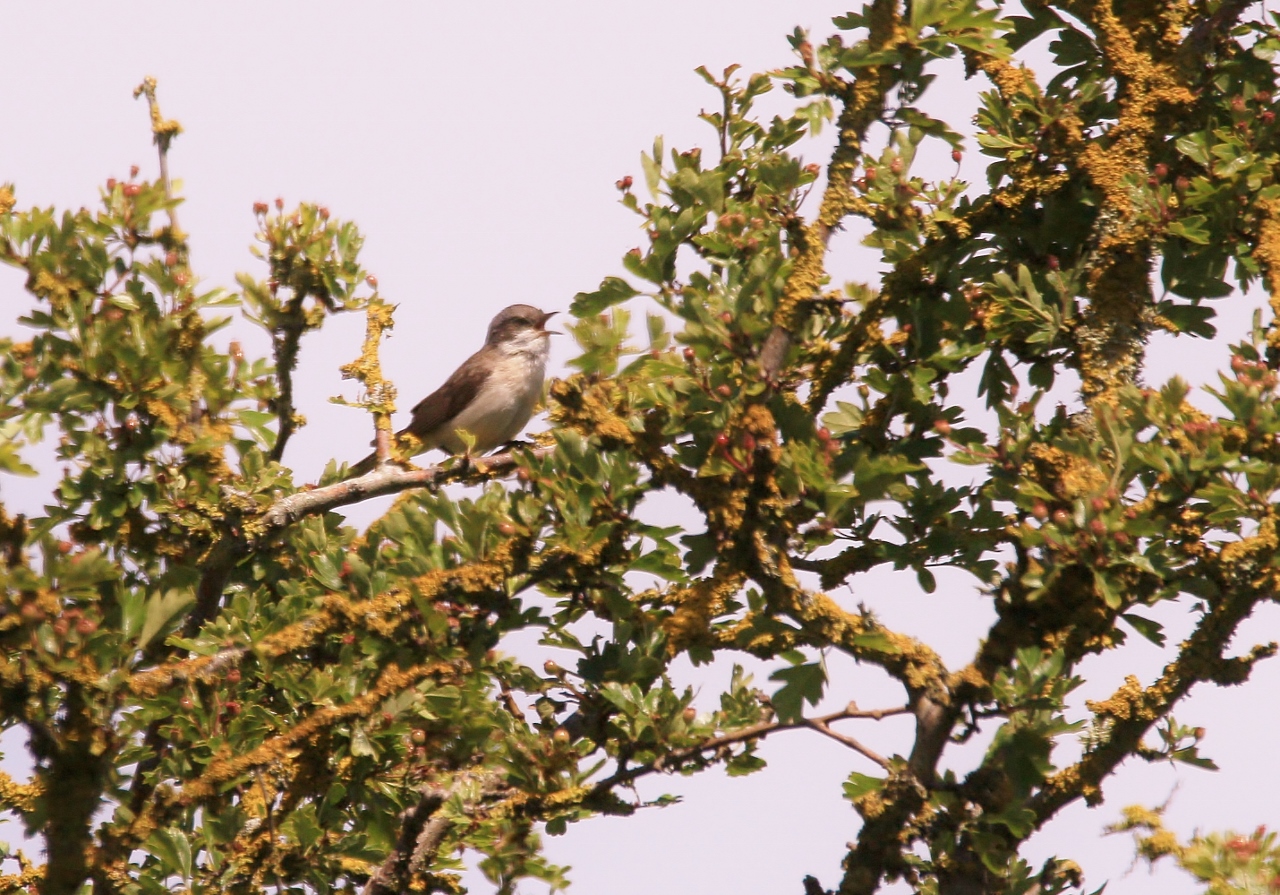
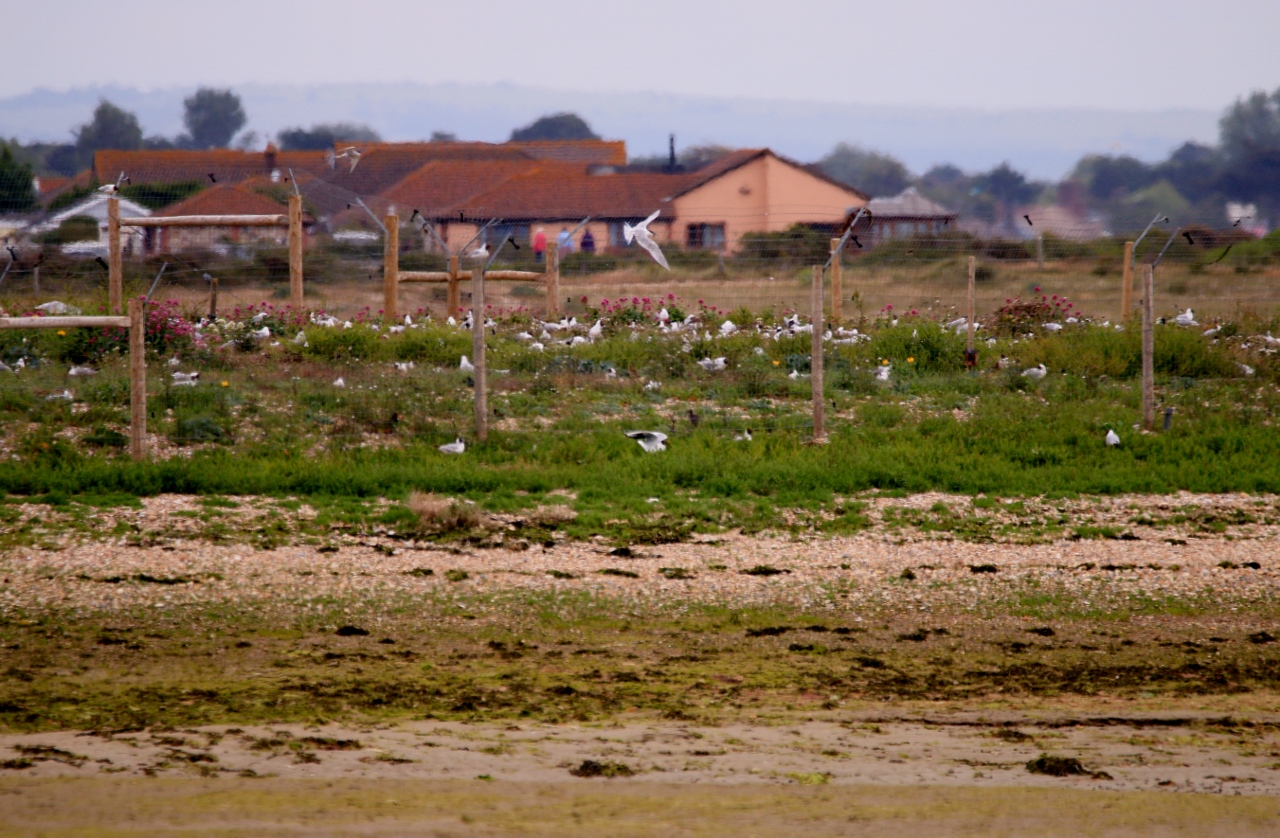
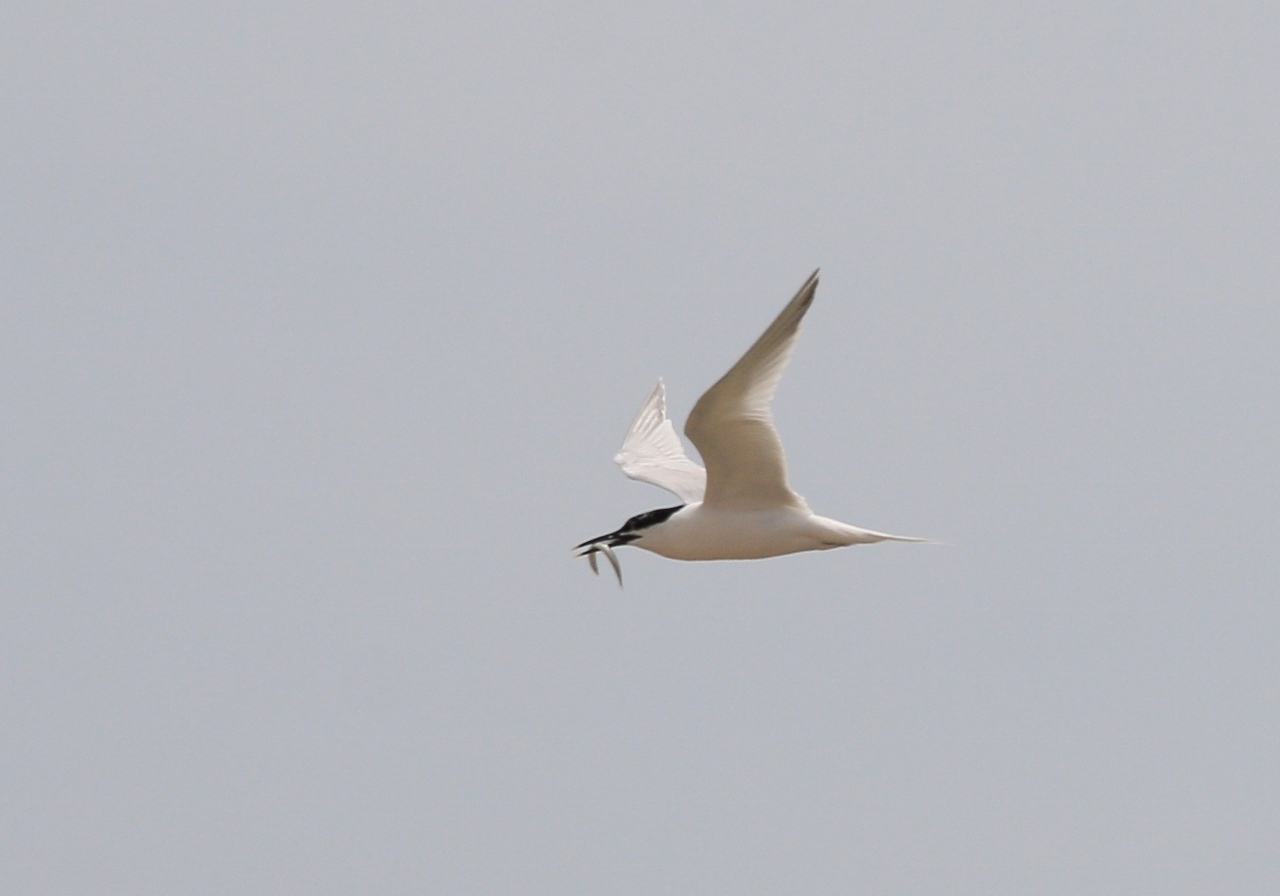
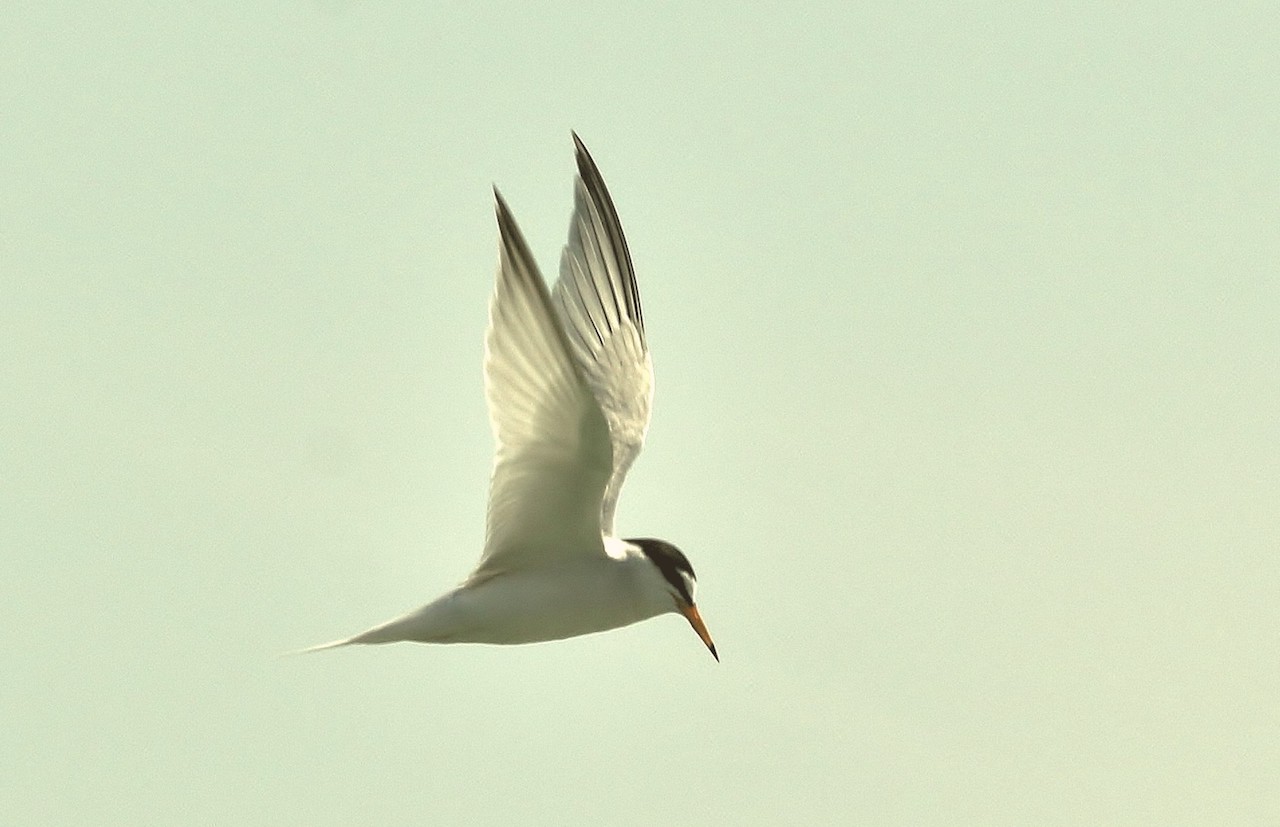
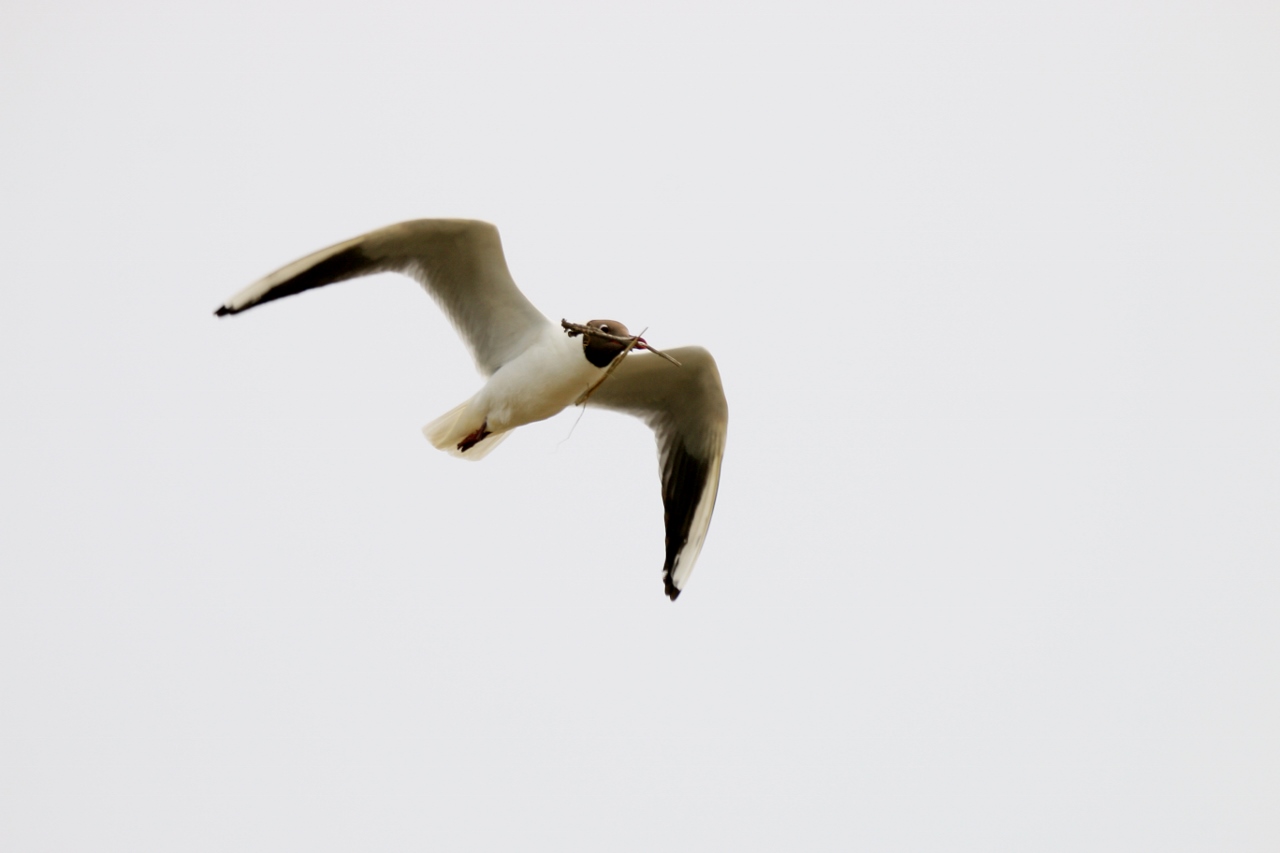
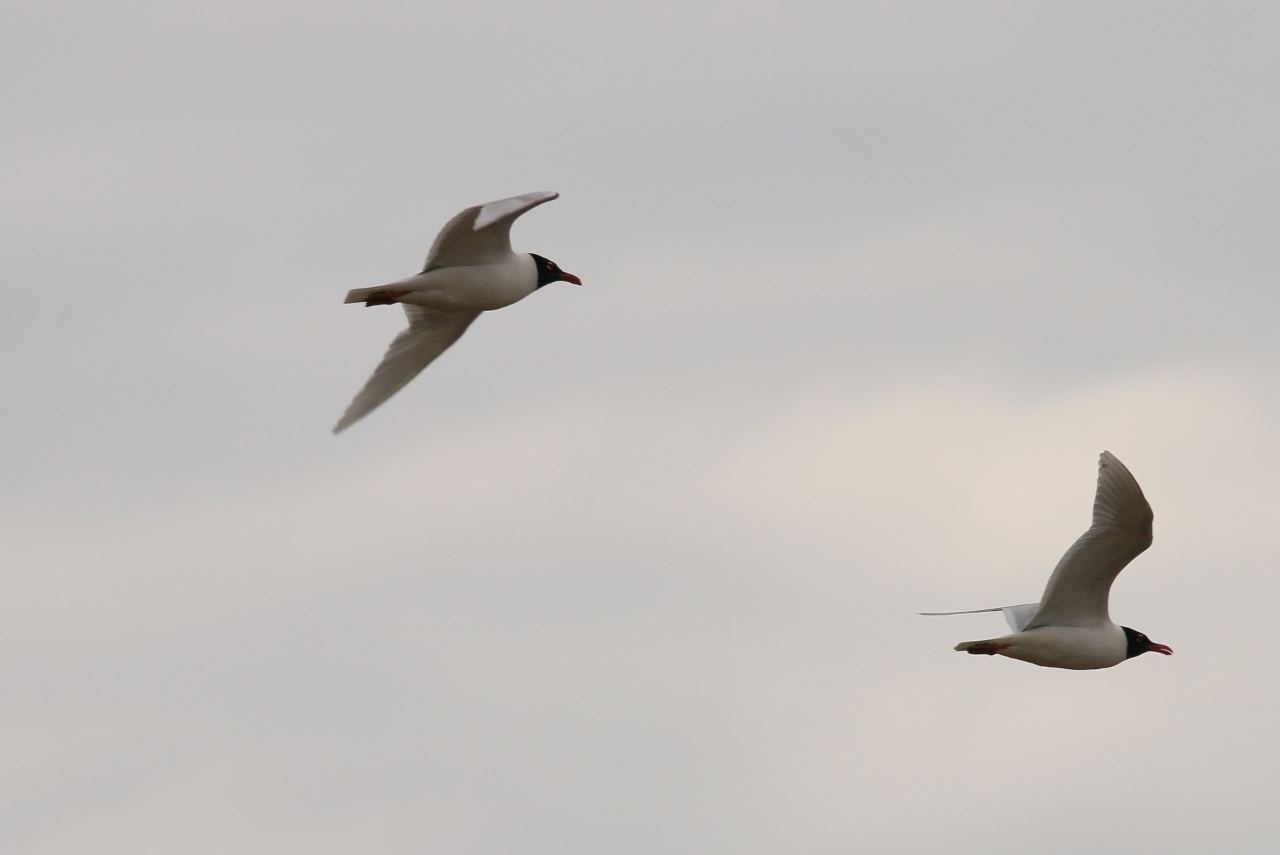
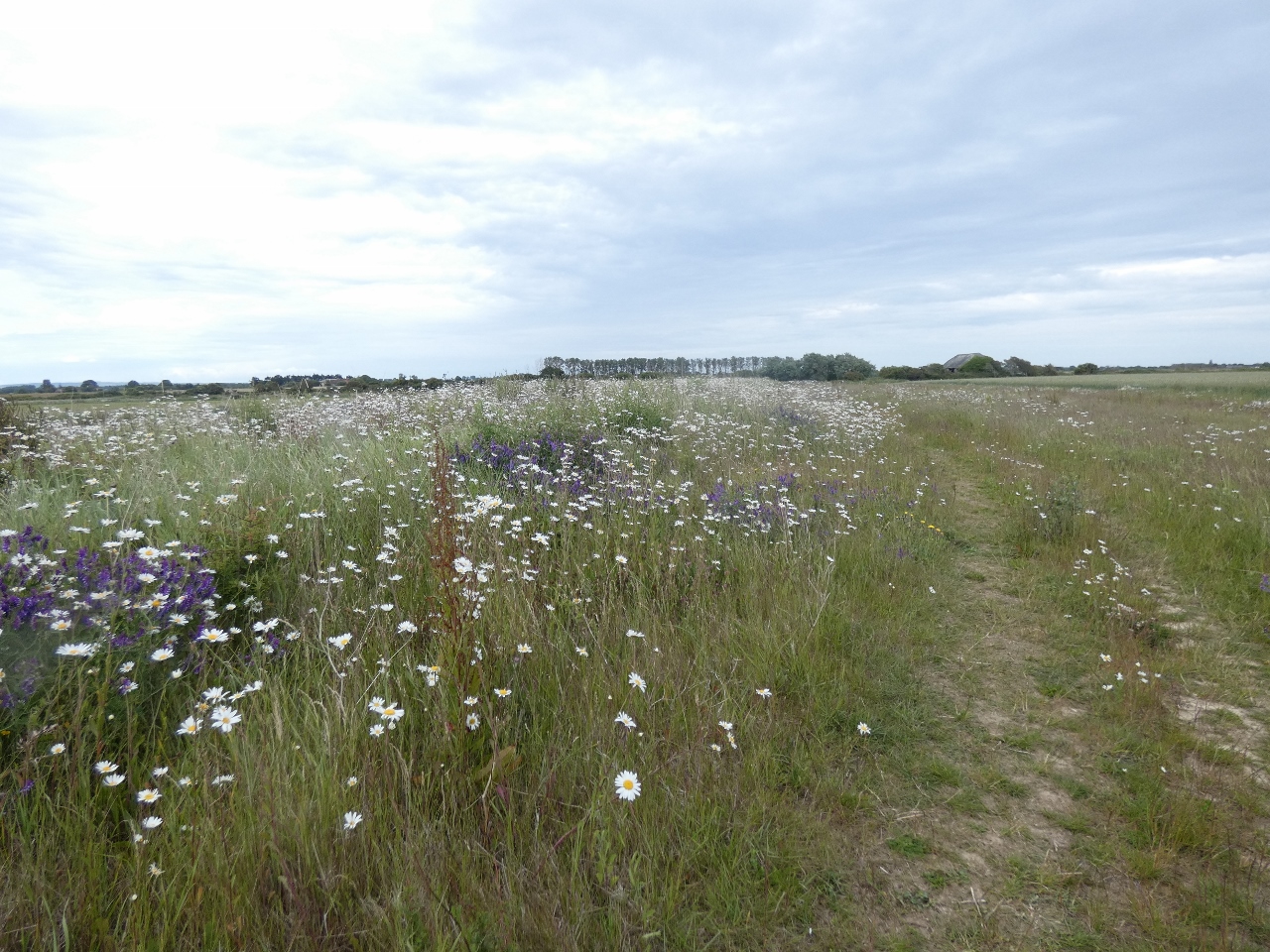
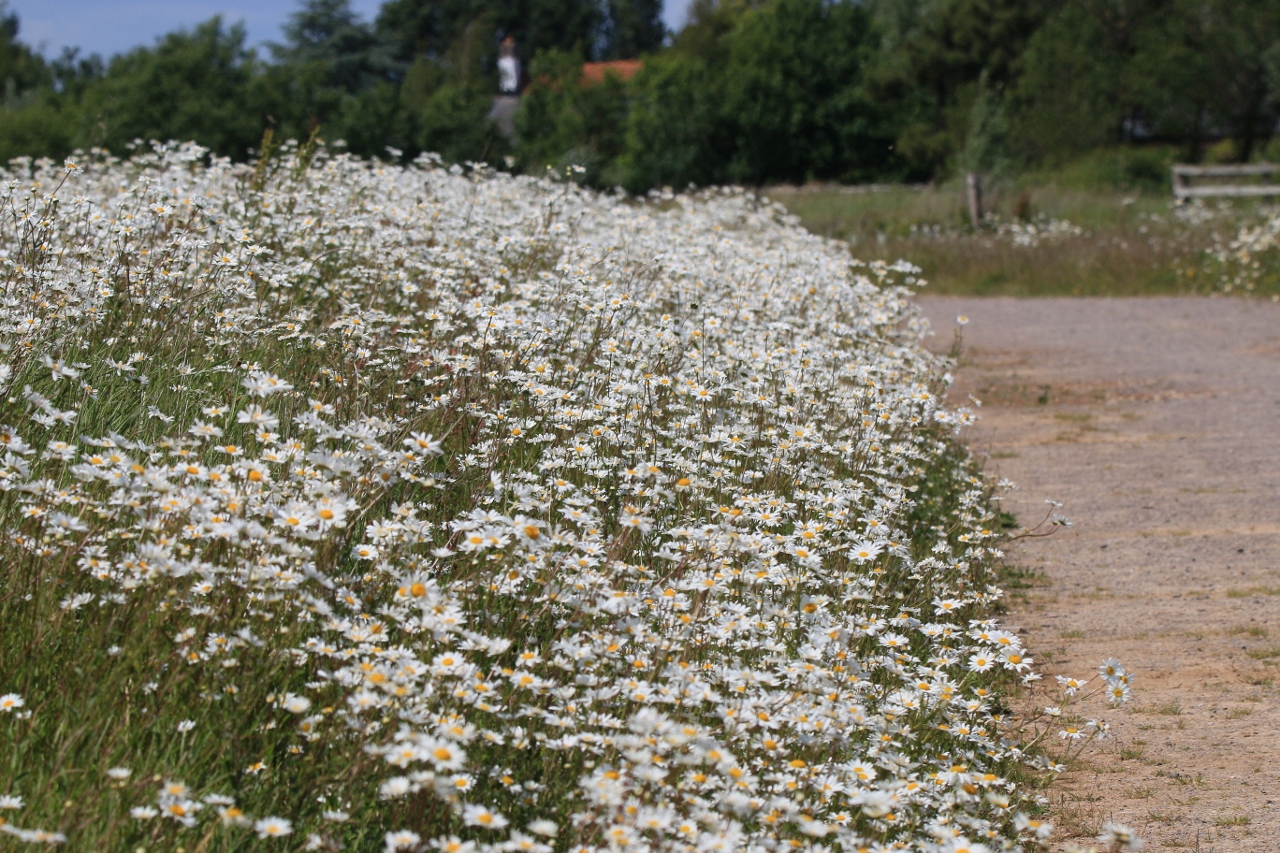
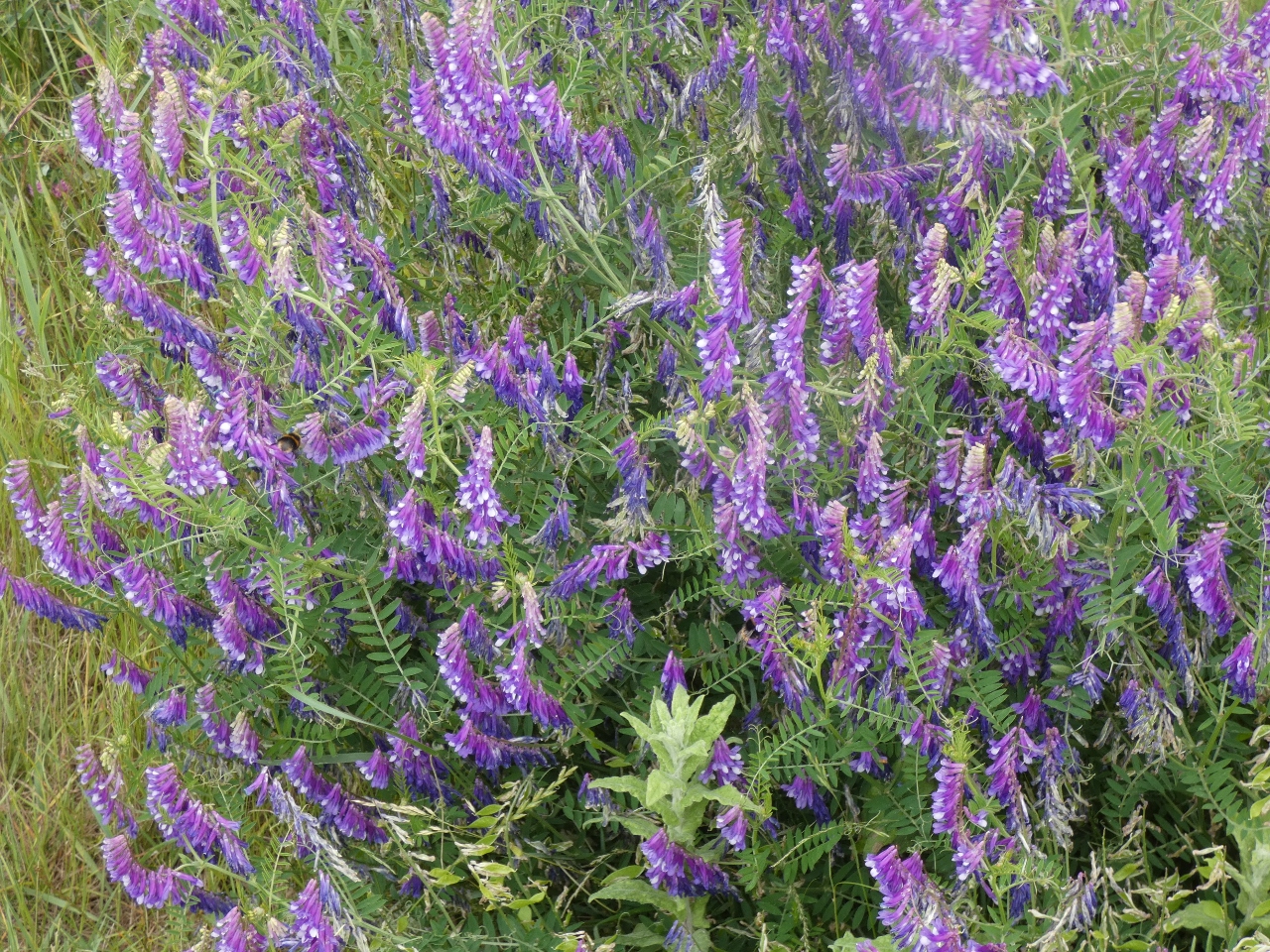
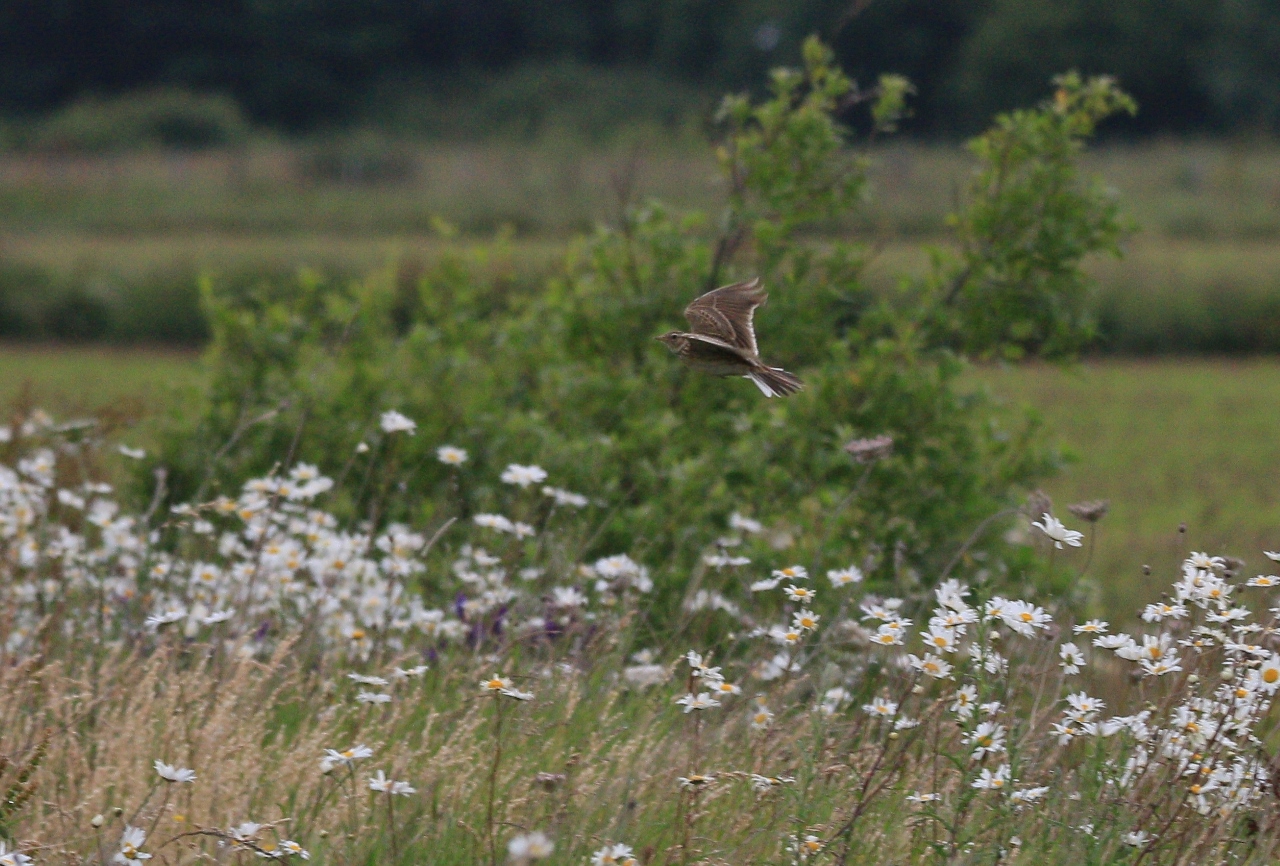

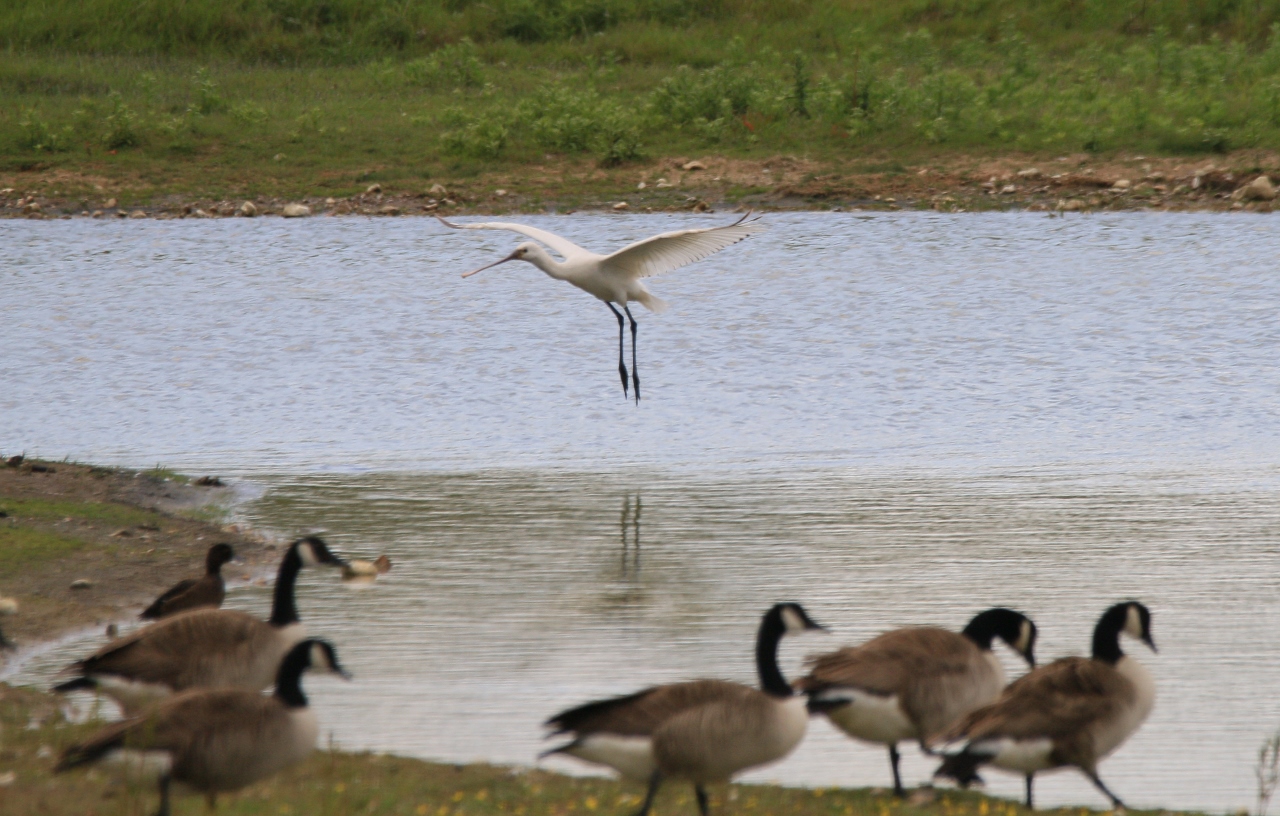
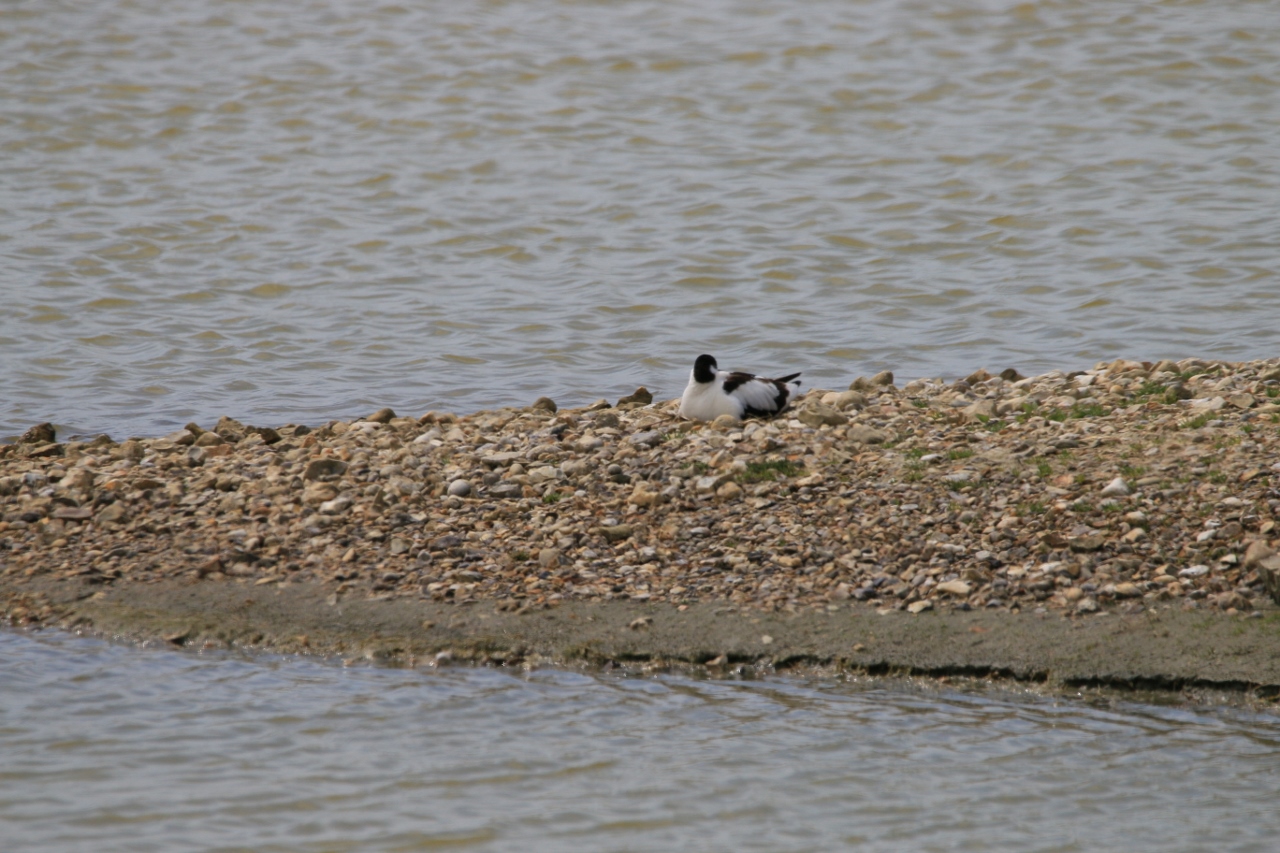
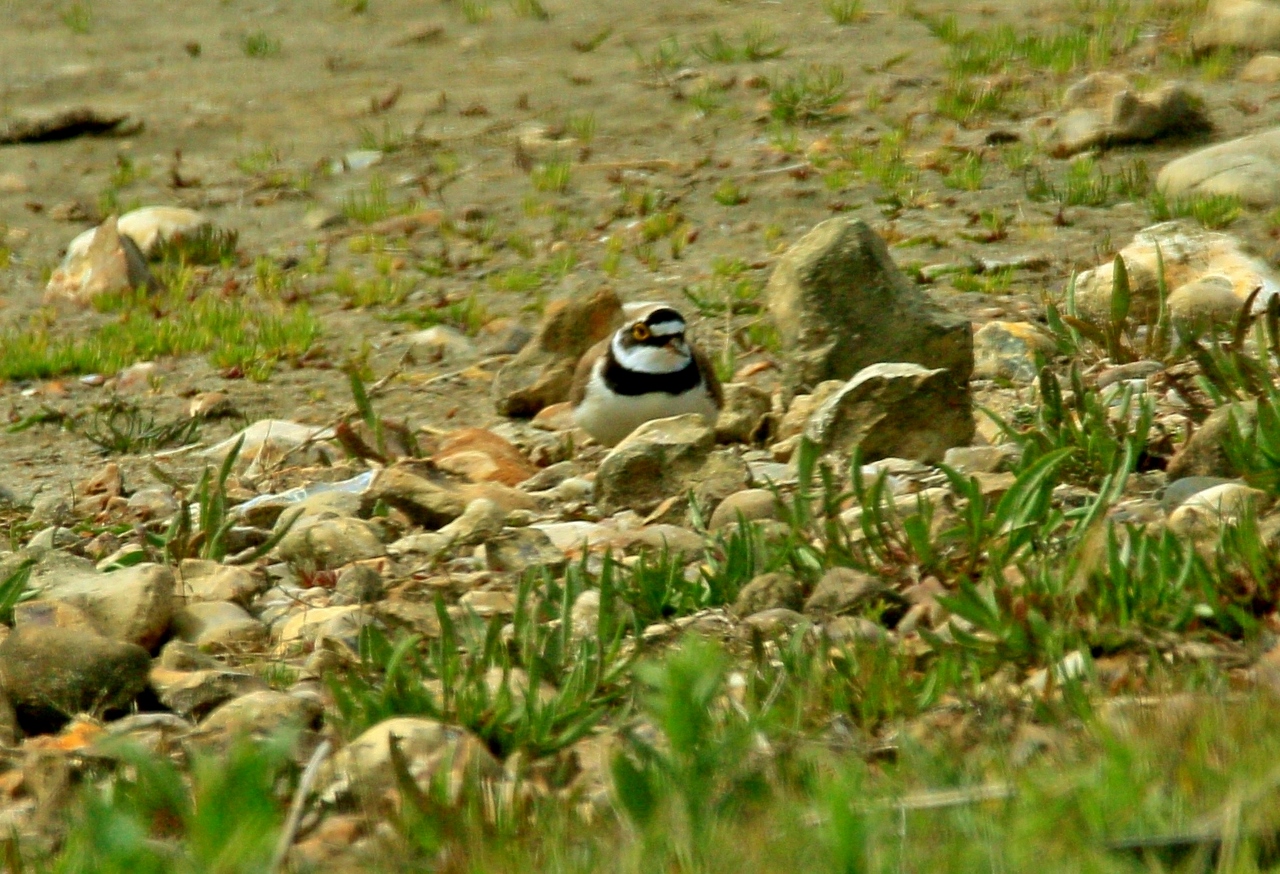



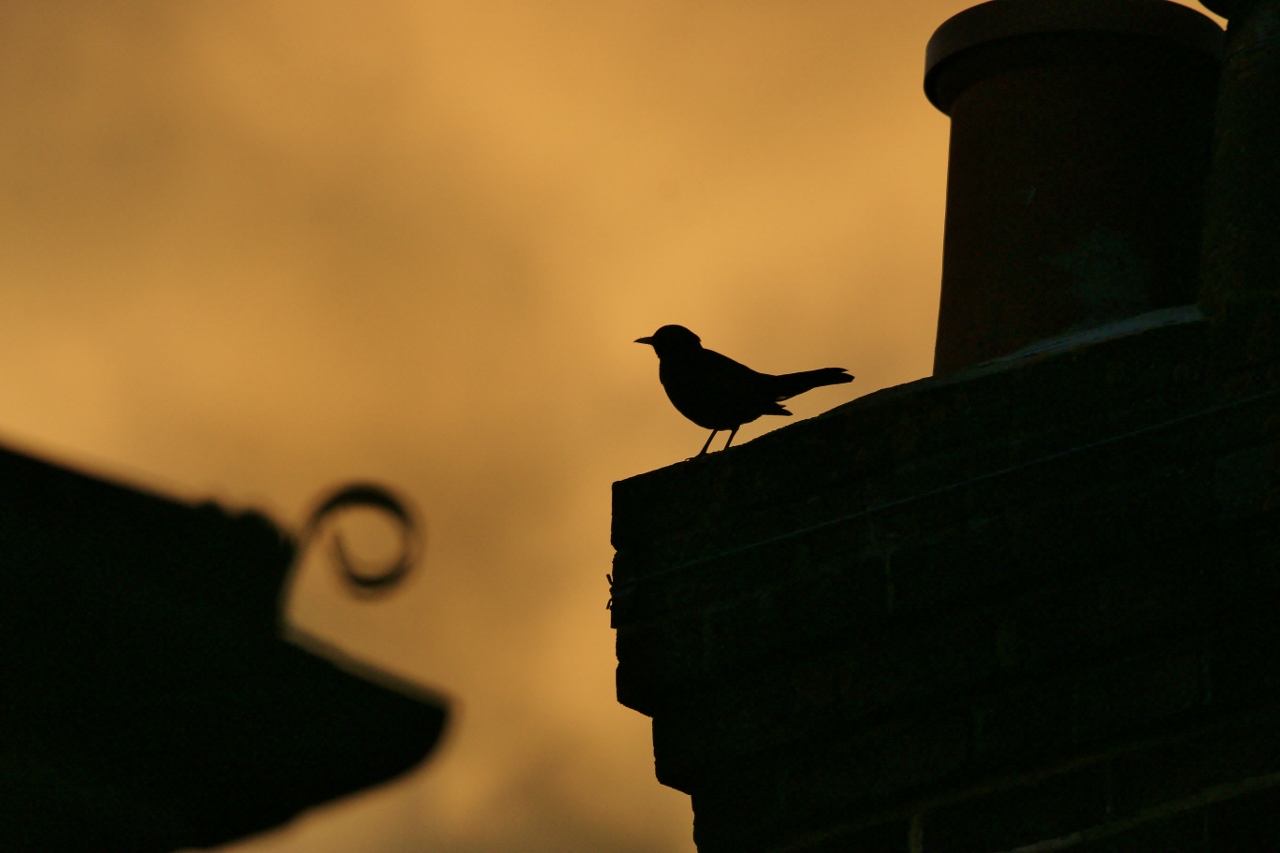



Steve Simnett
June 20, 2019 at 8:41 am
Good stuff again Malcy. You are getting good at the fauna and flora now too.